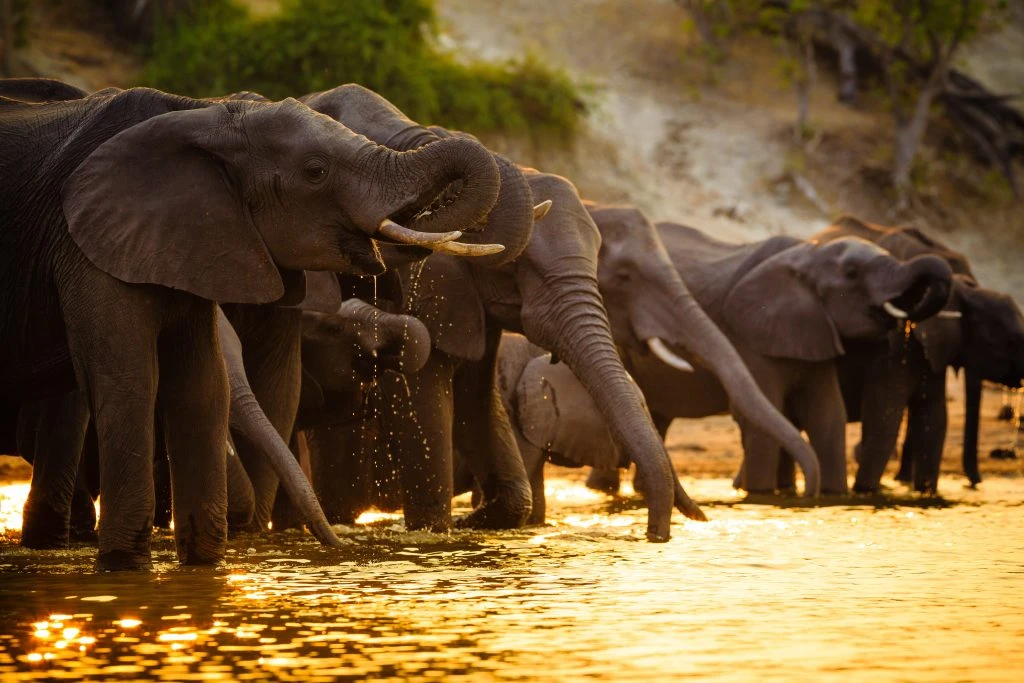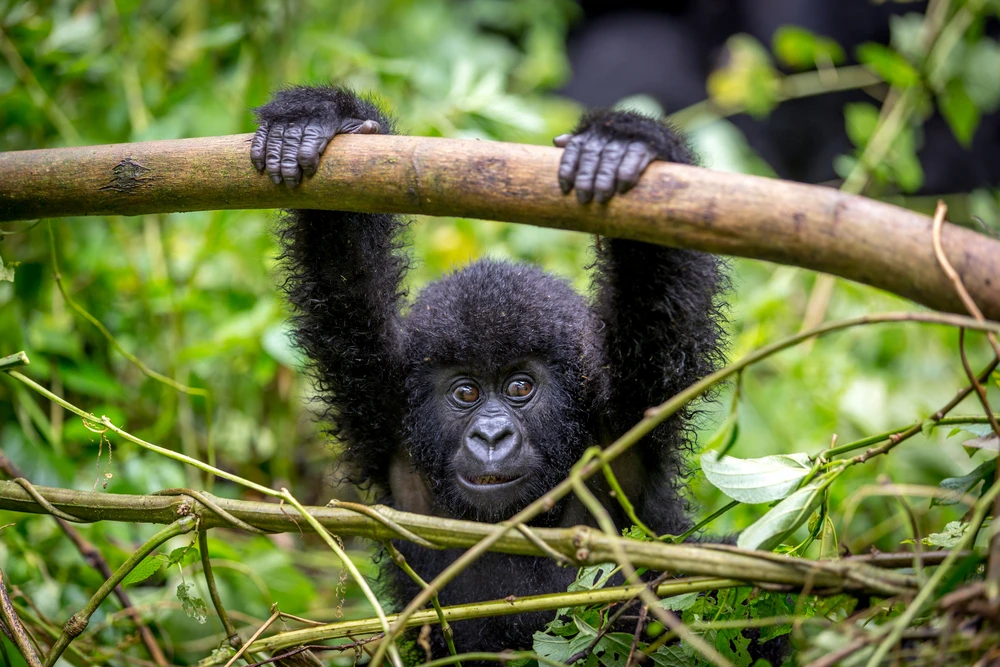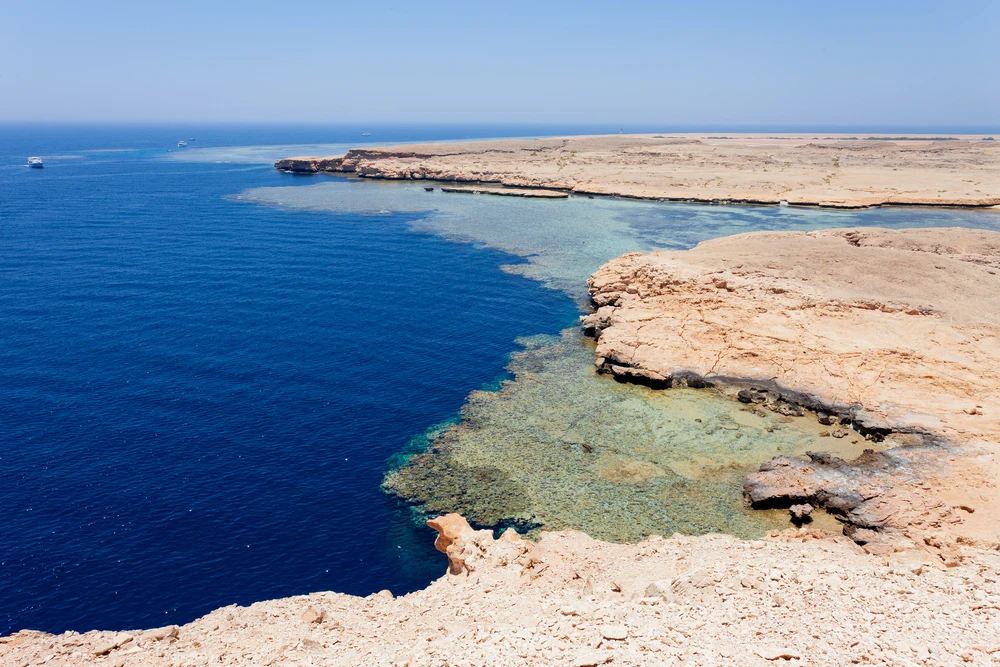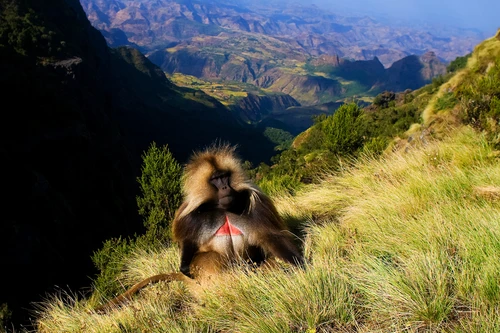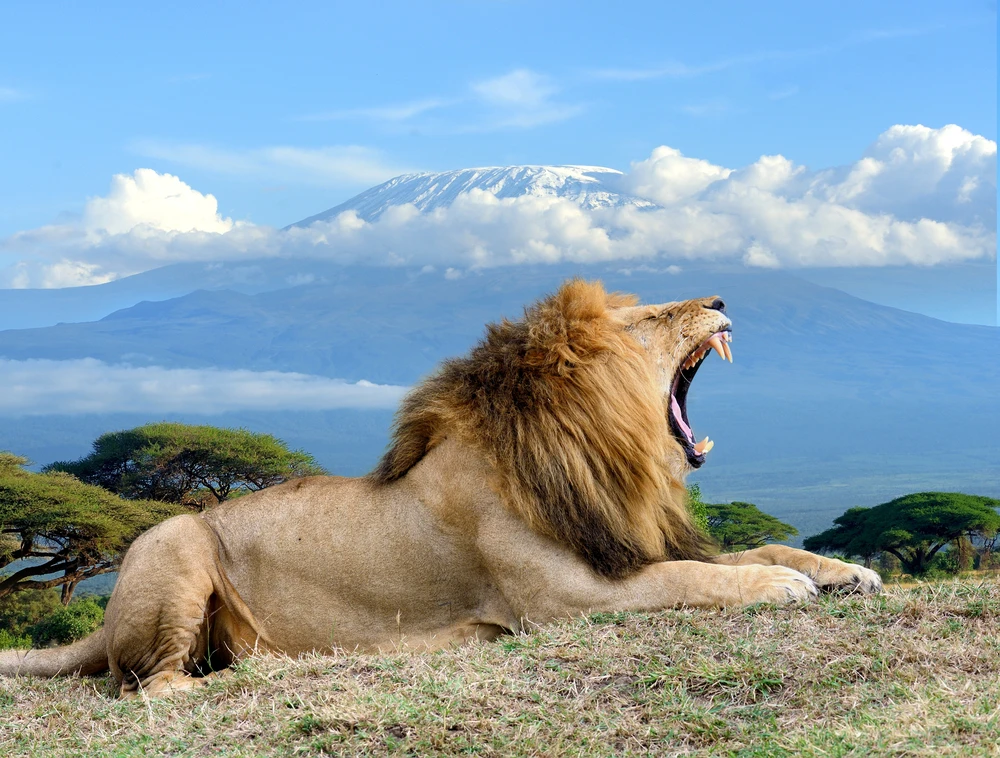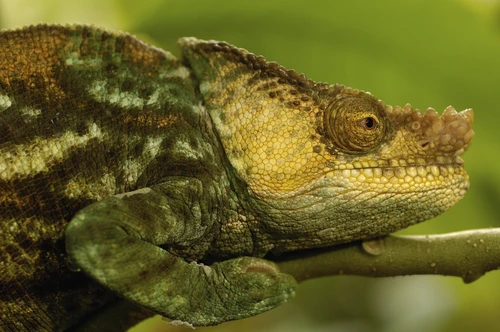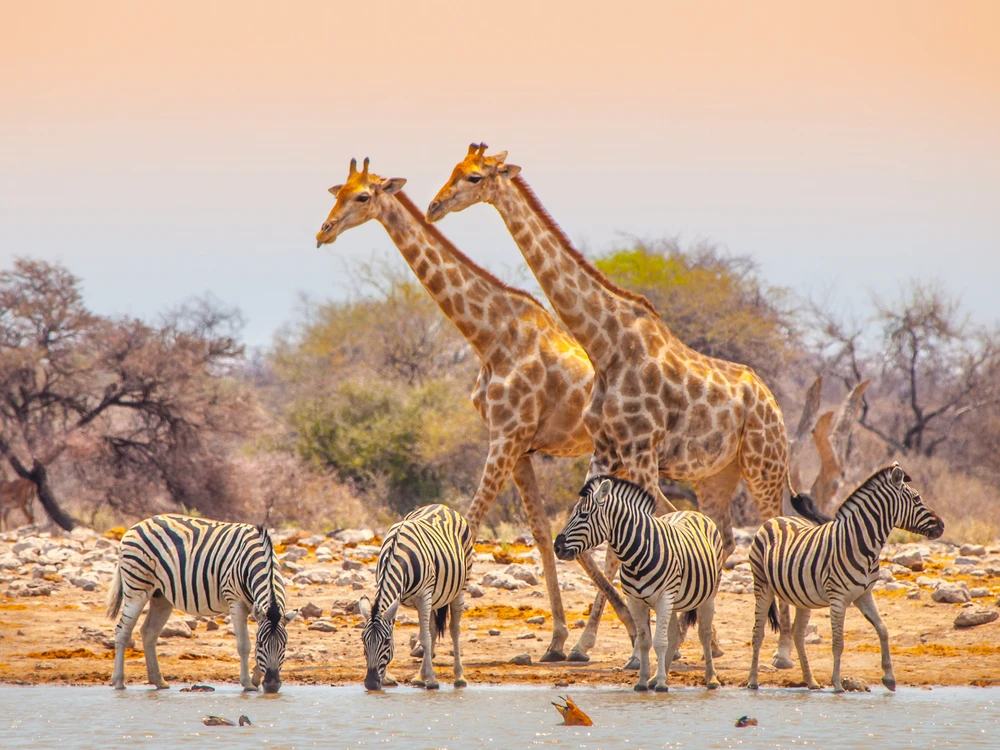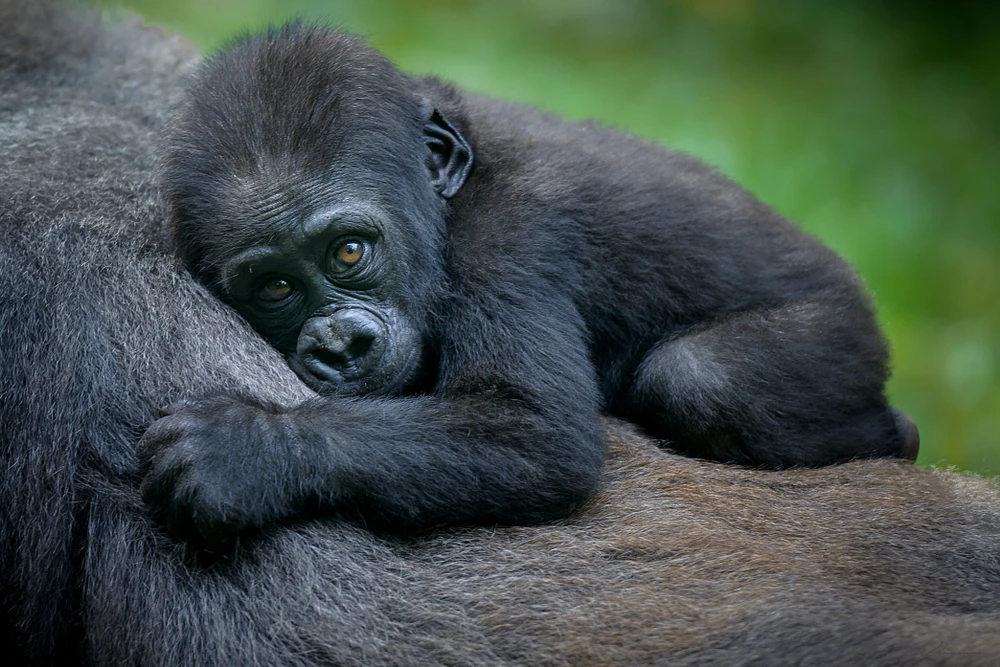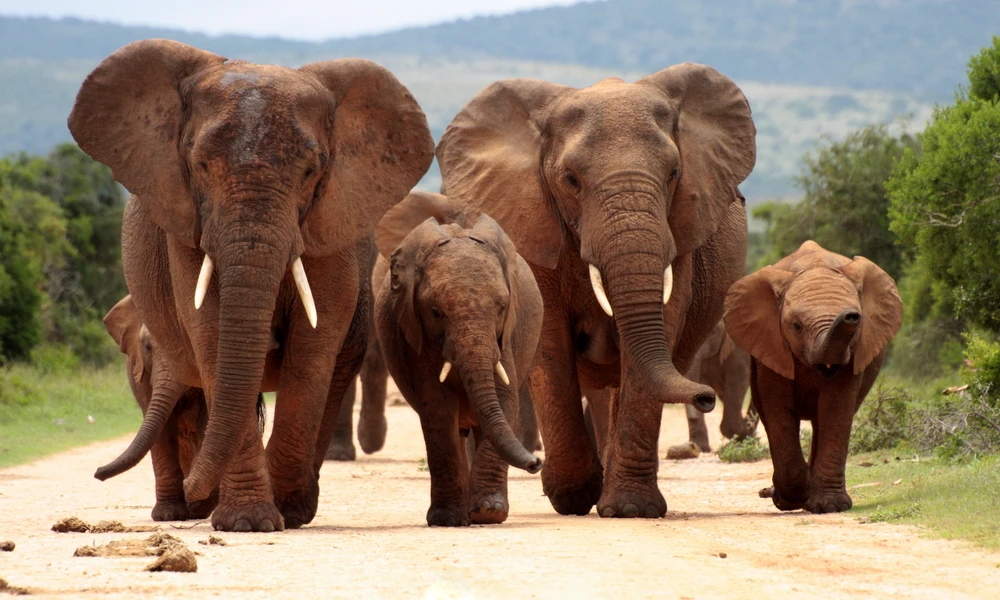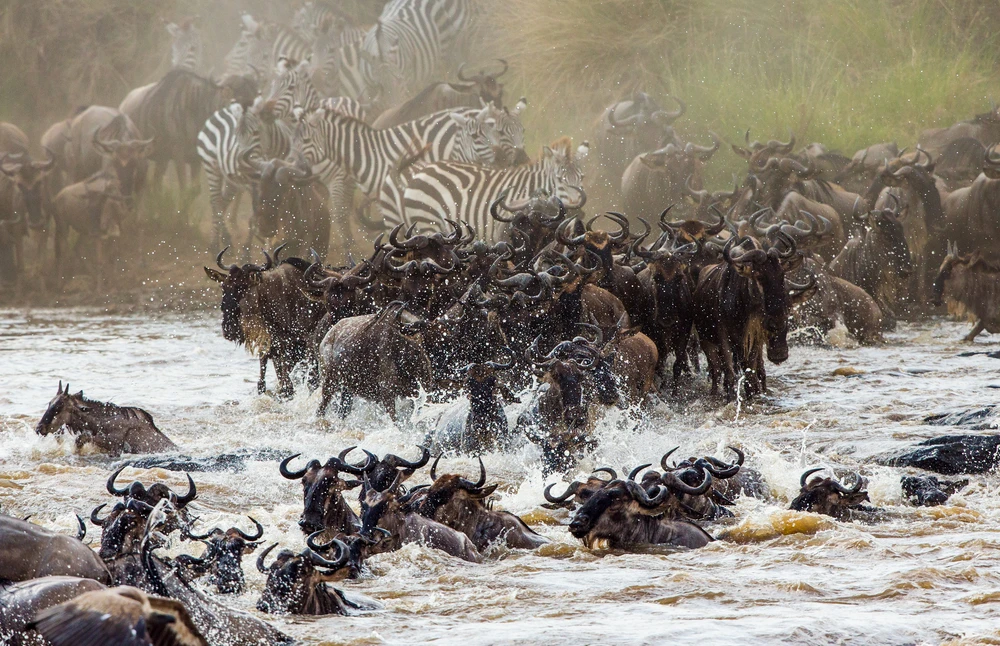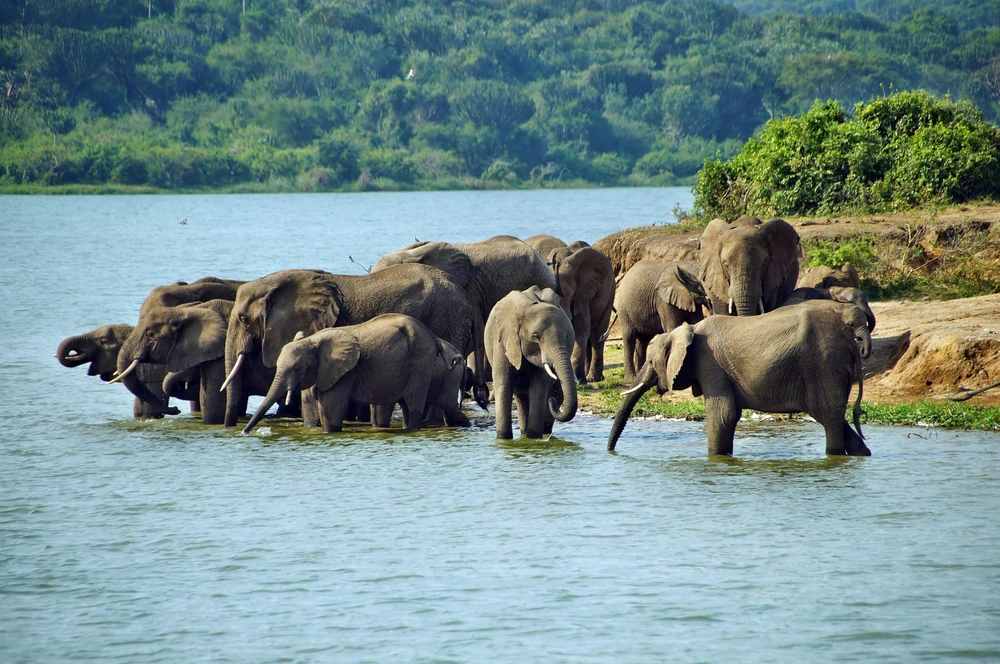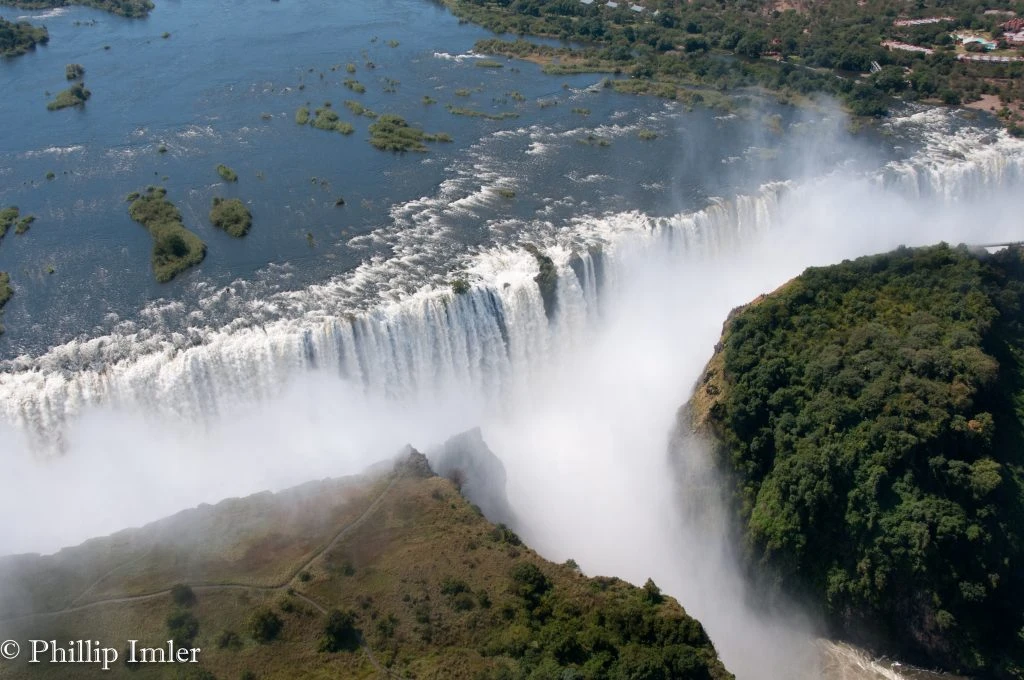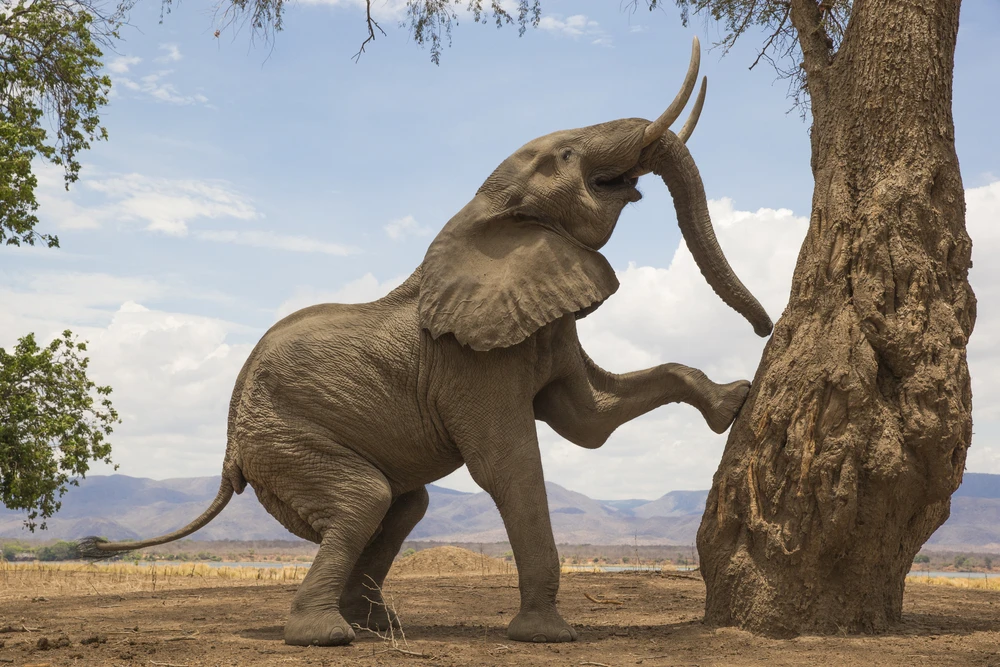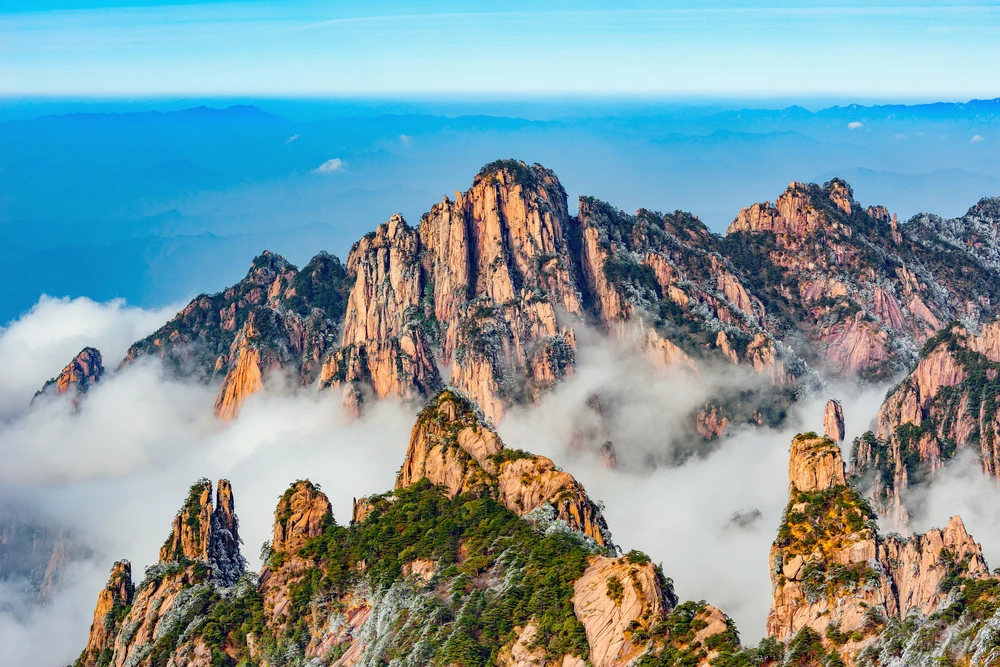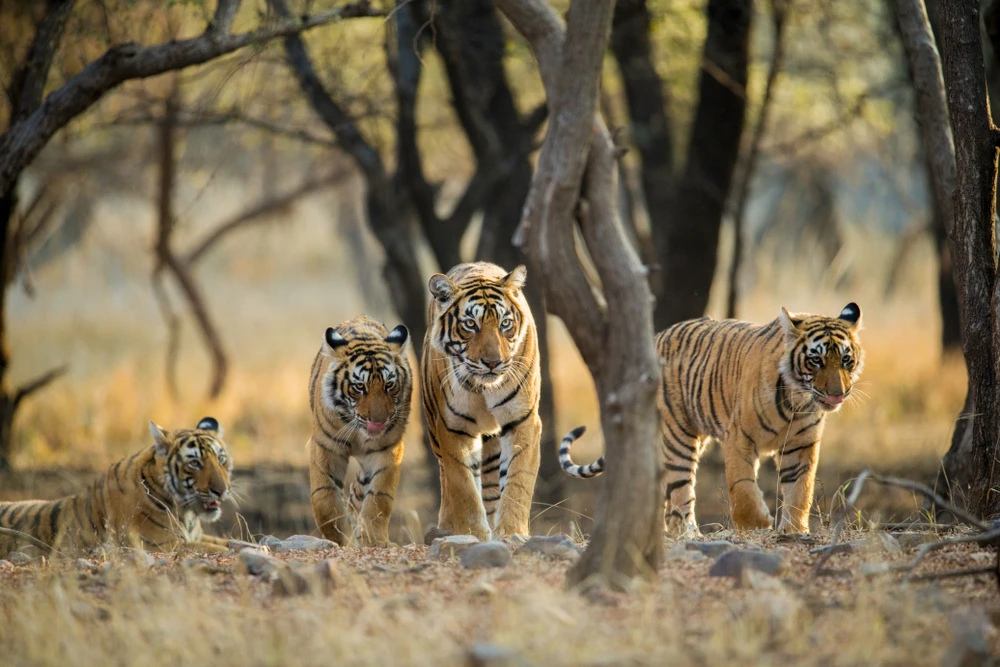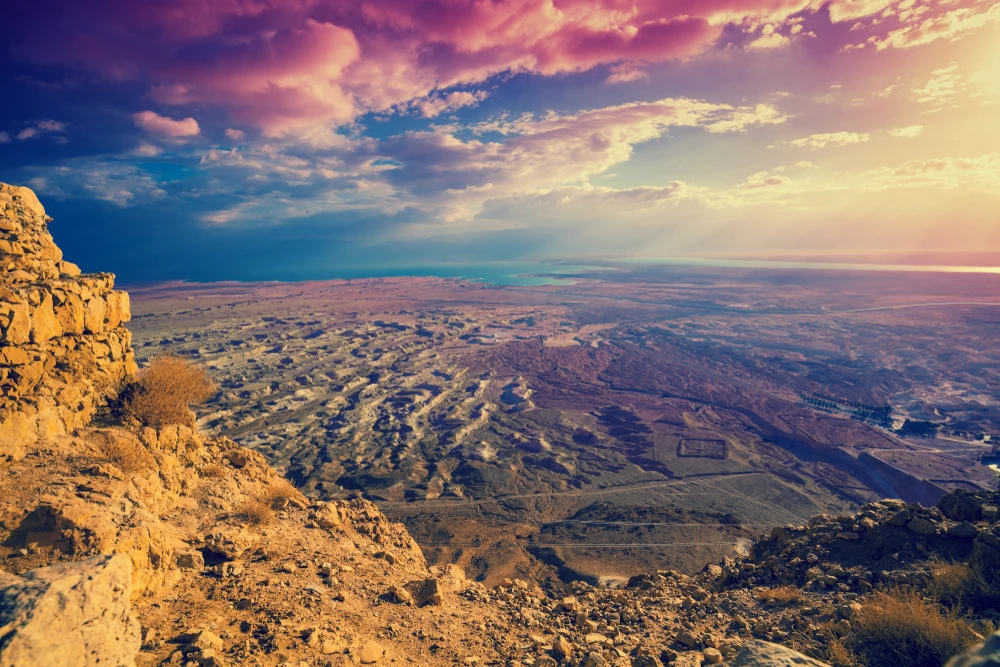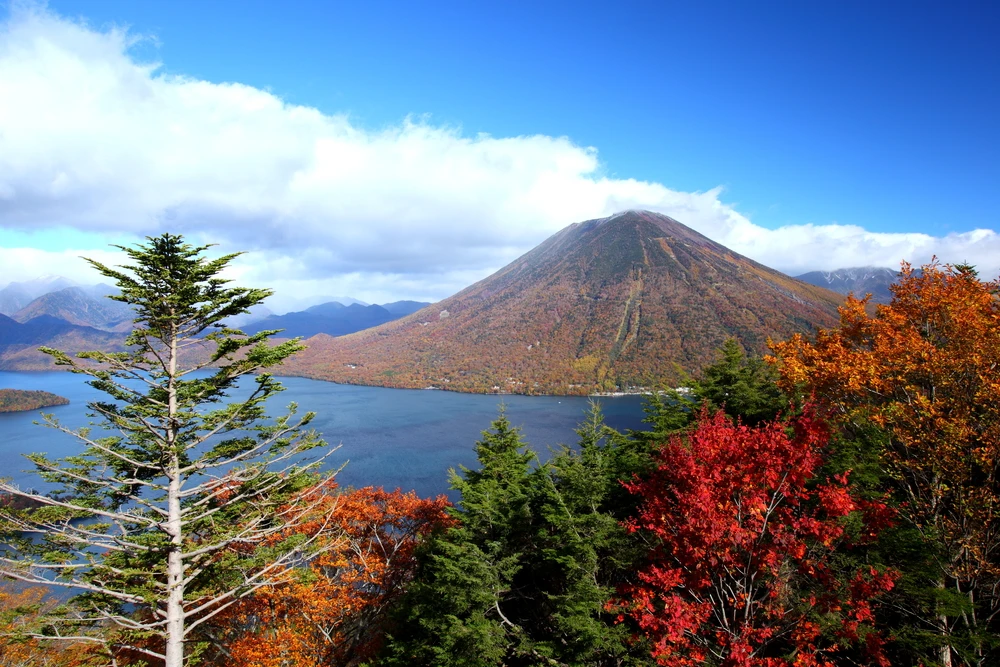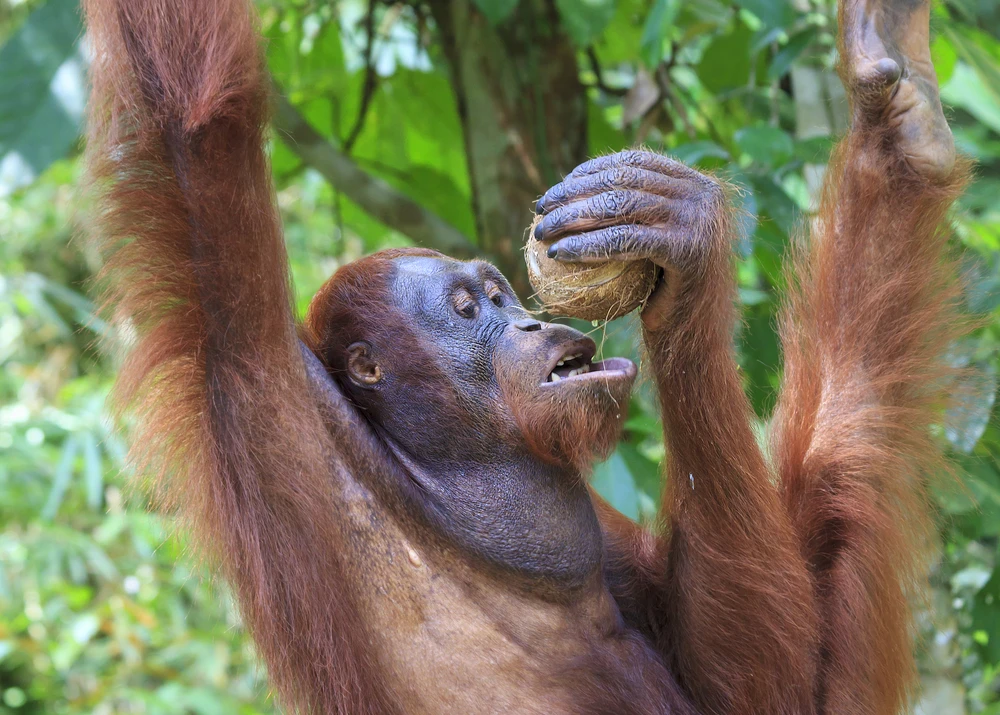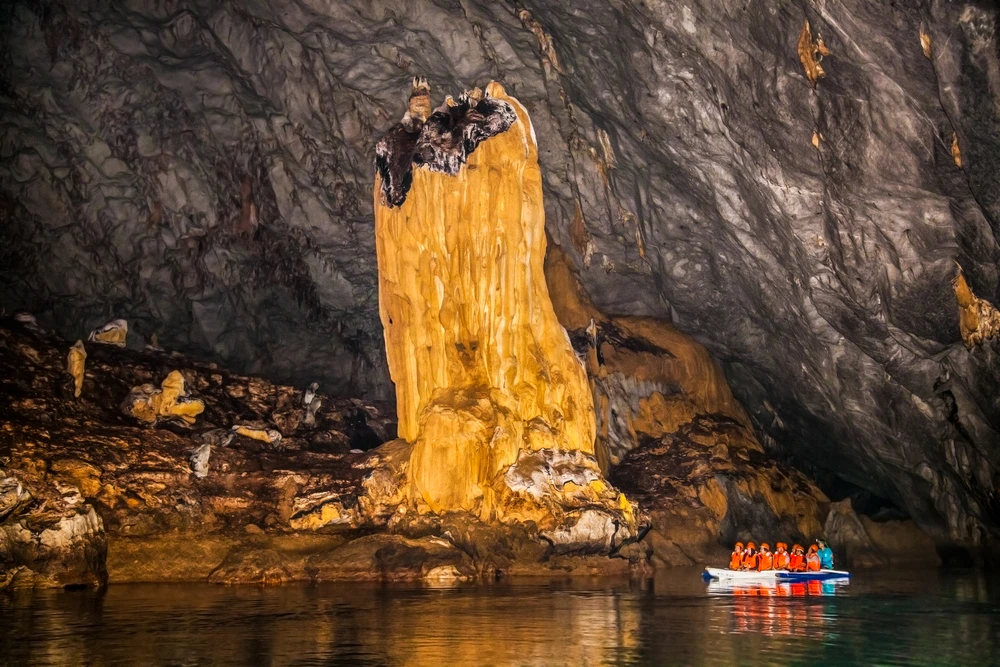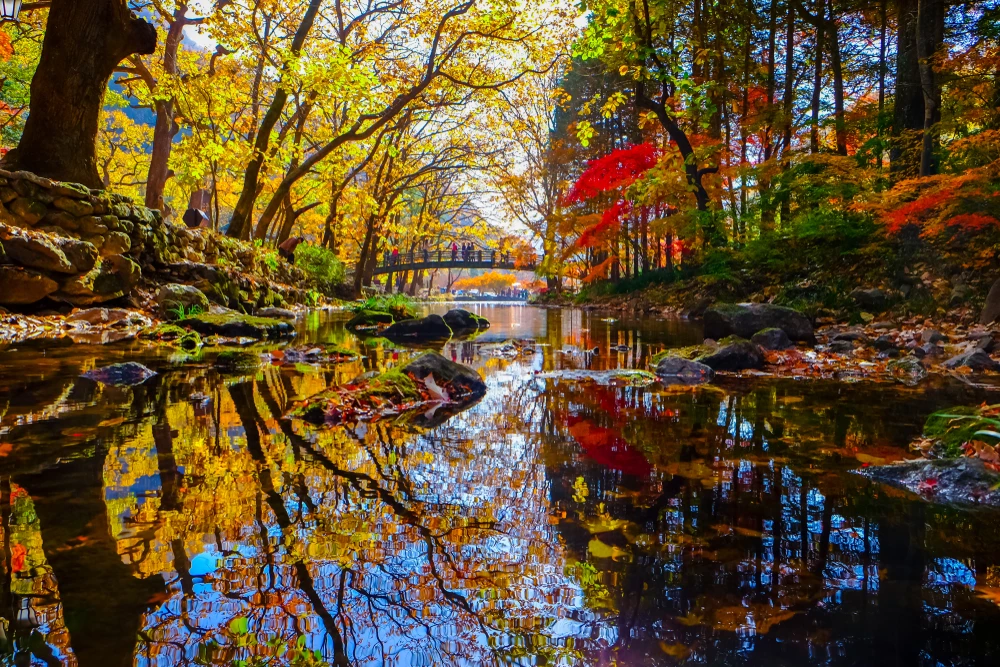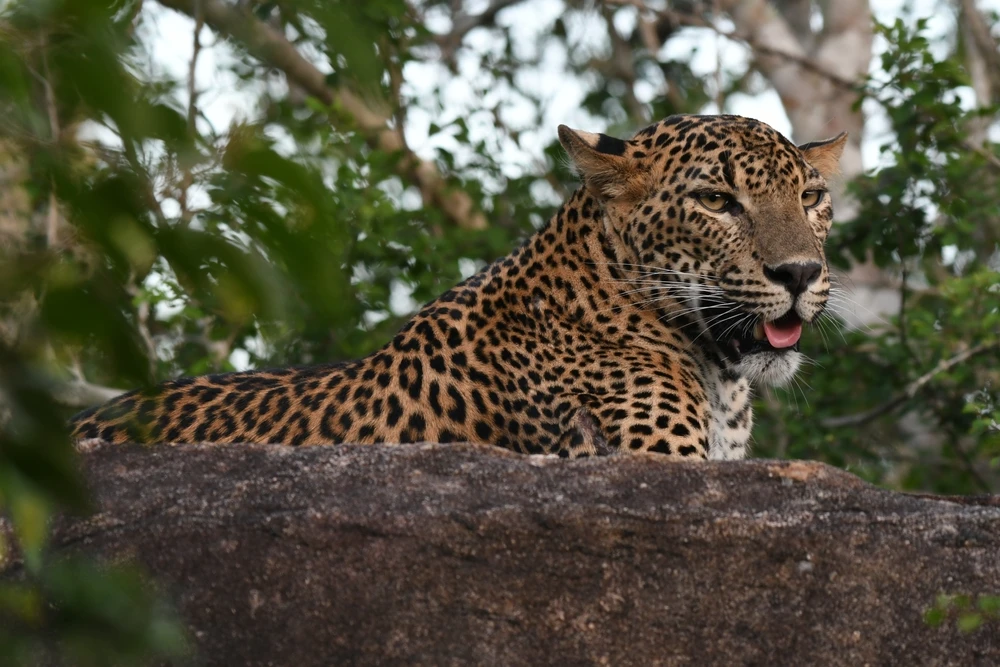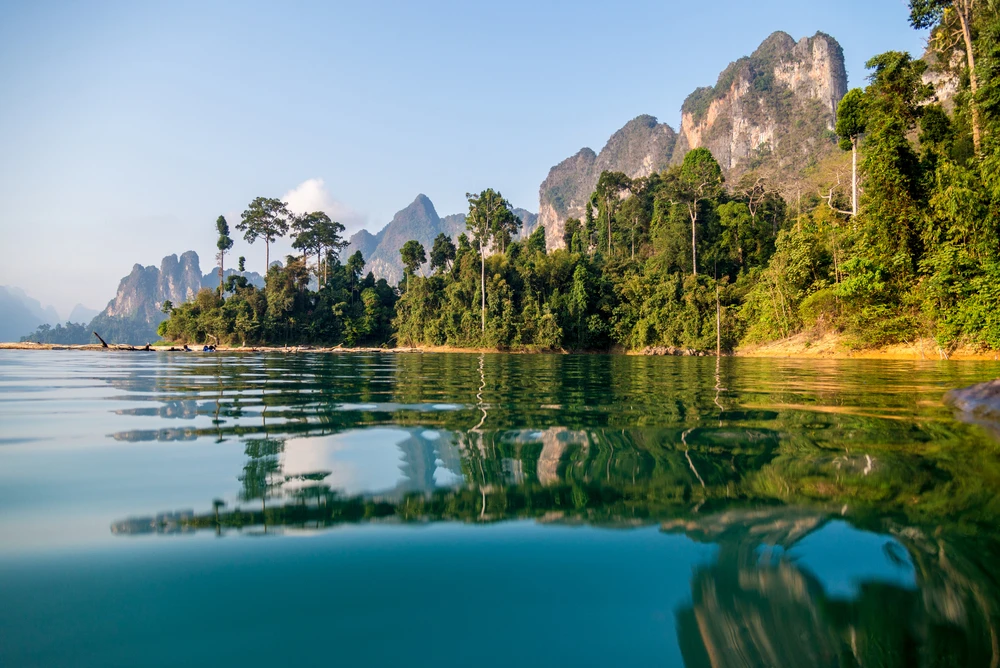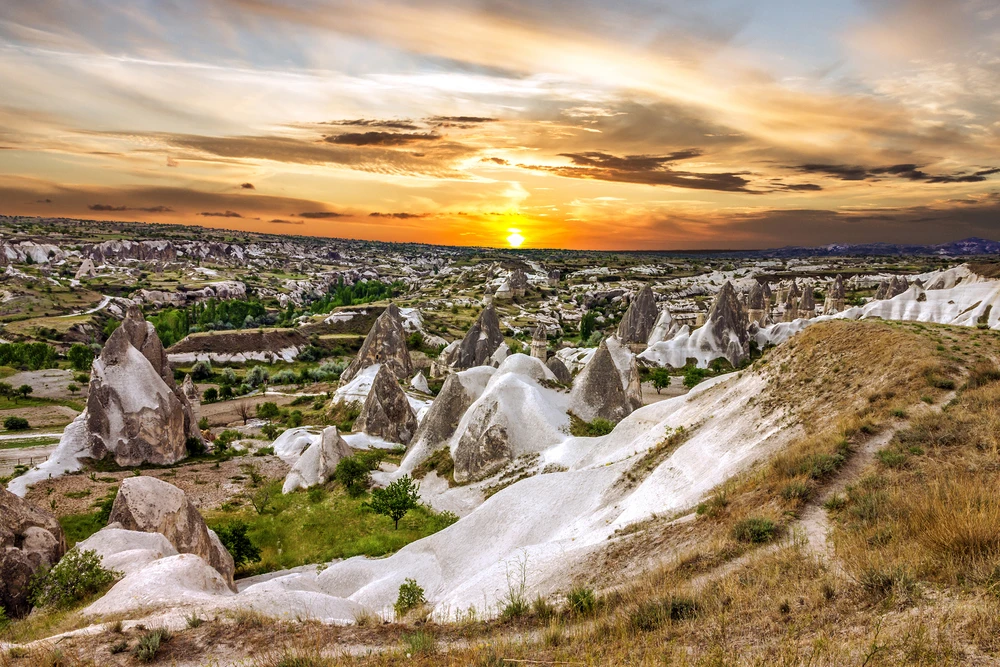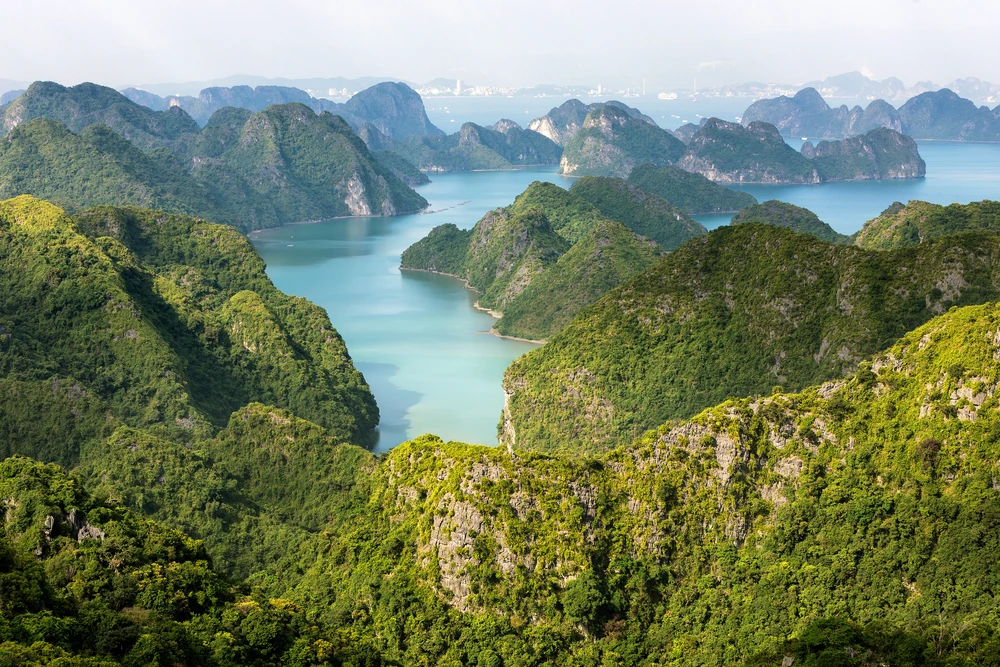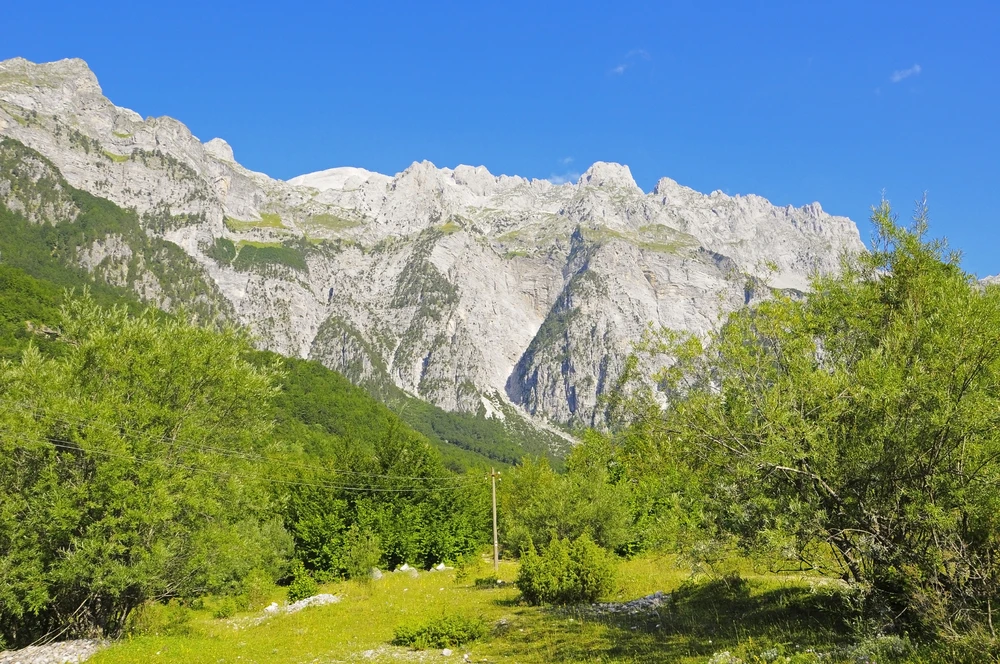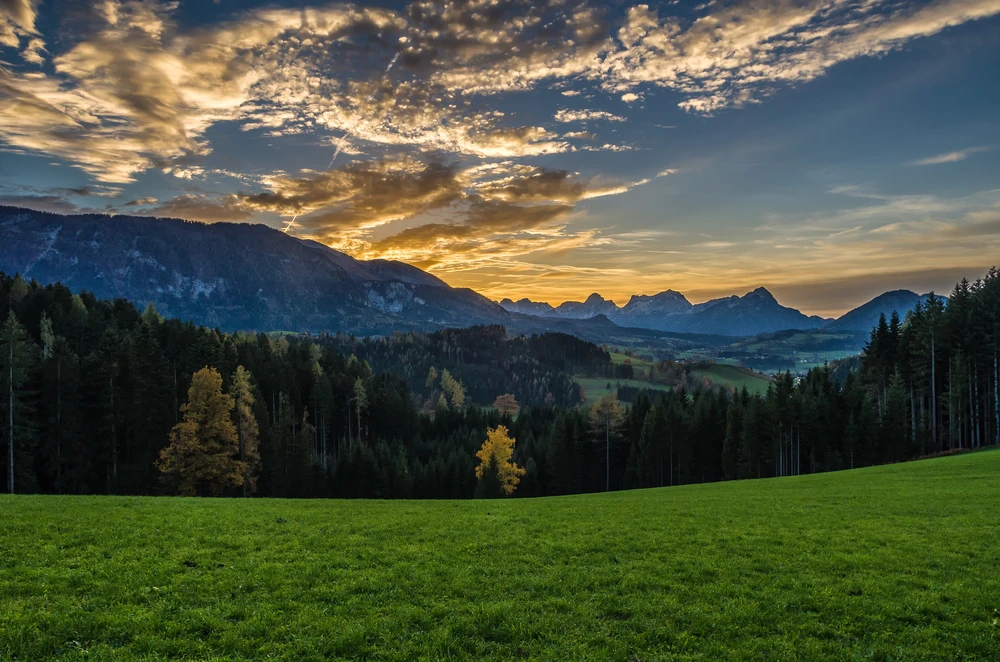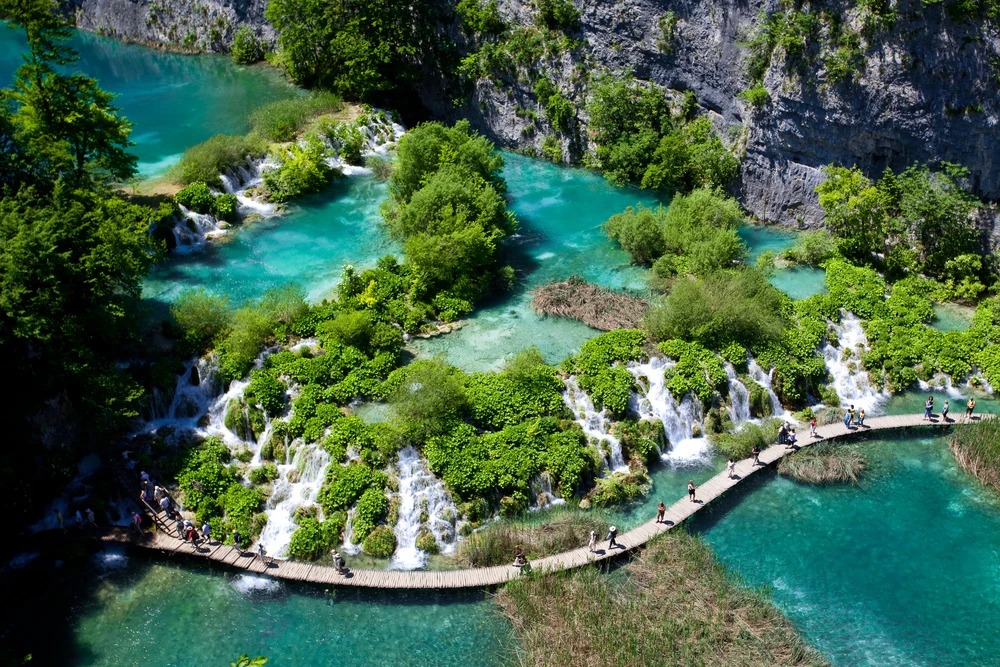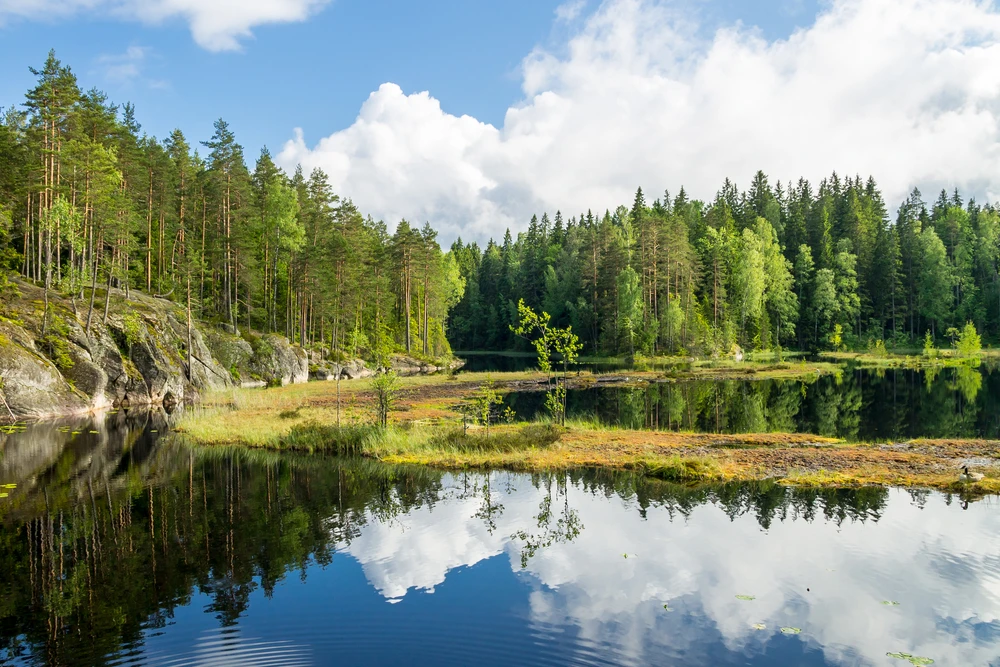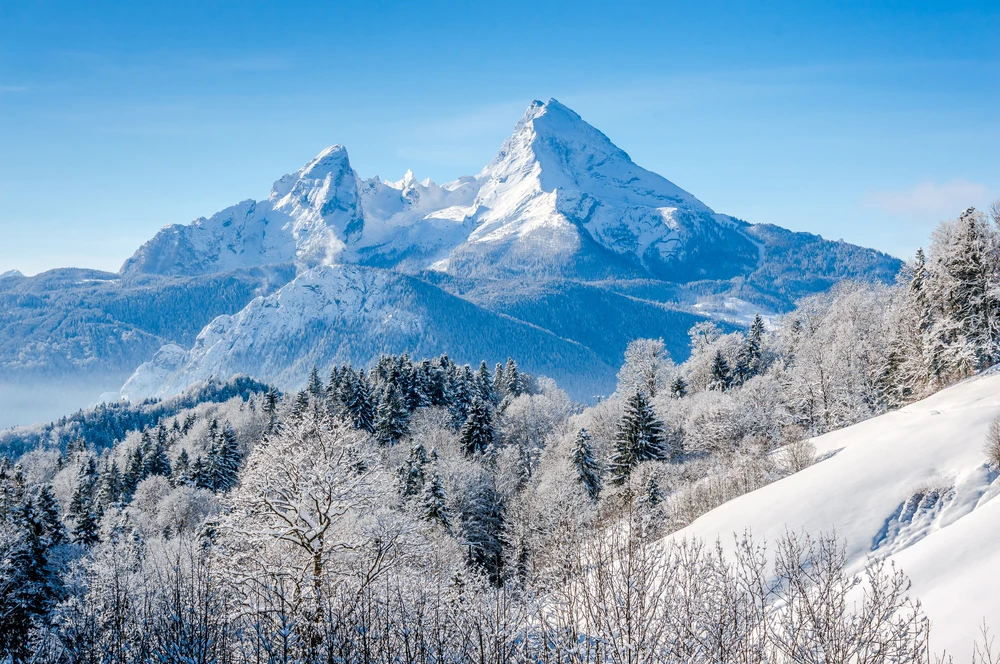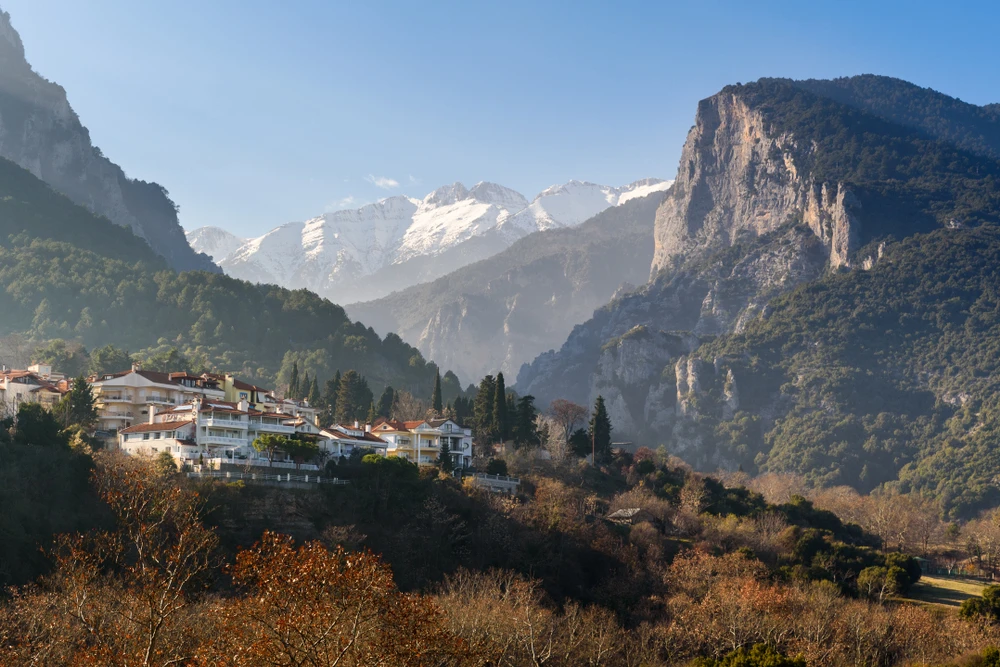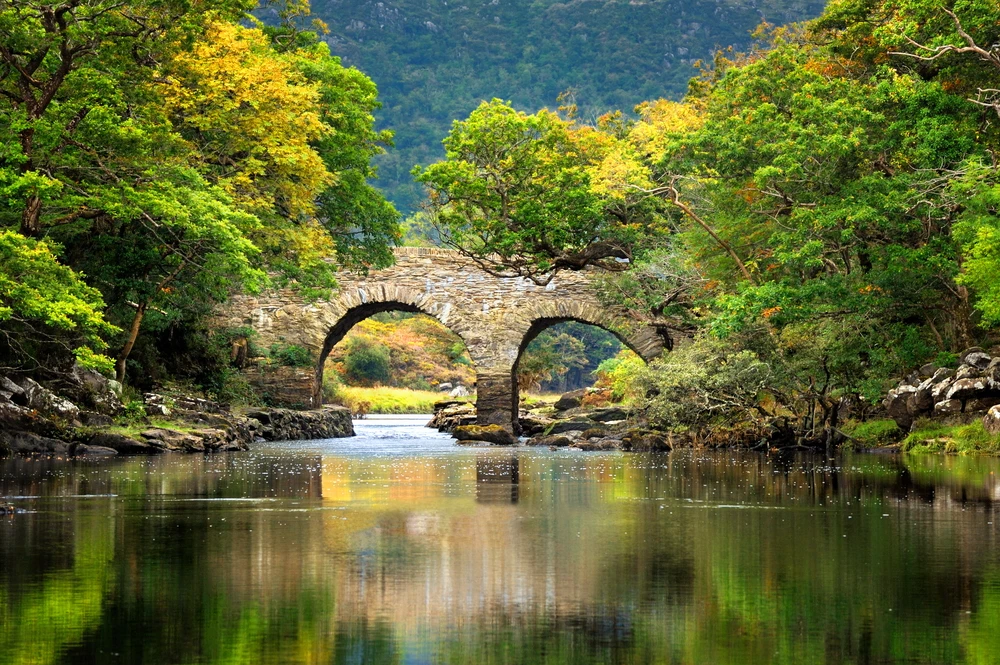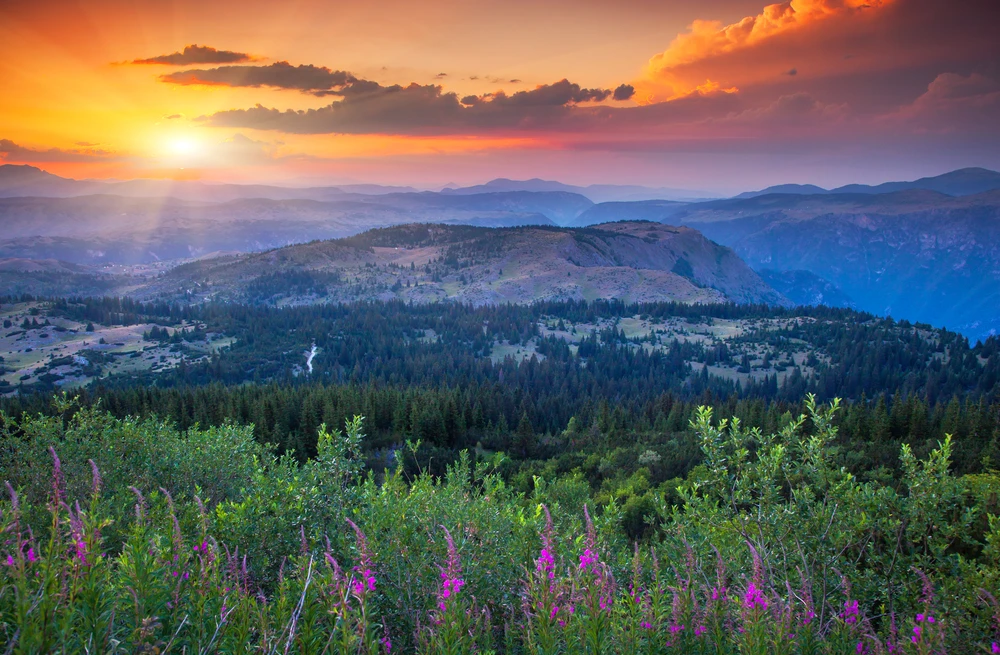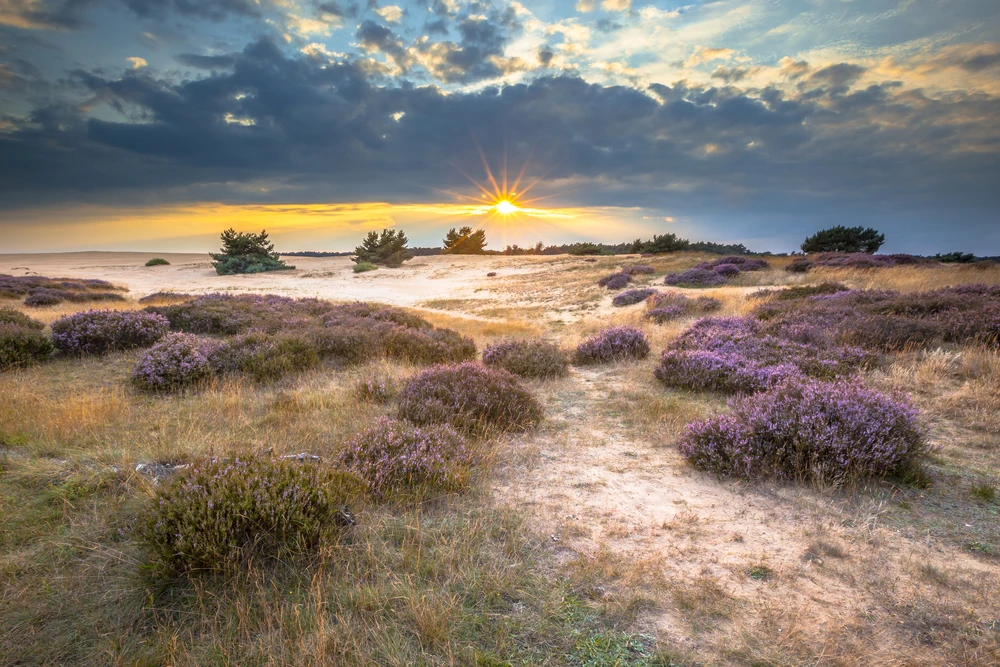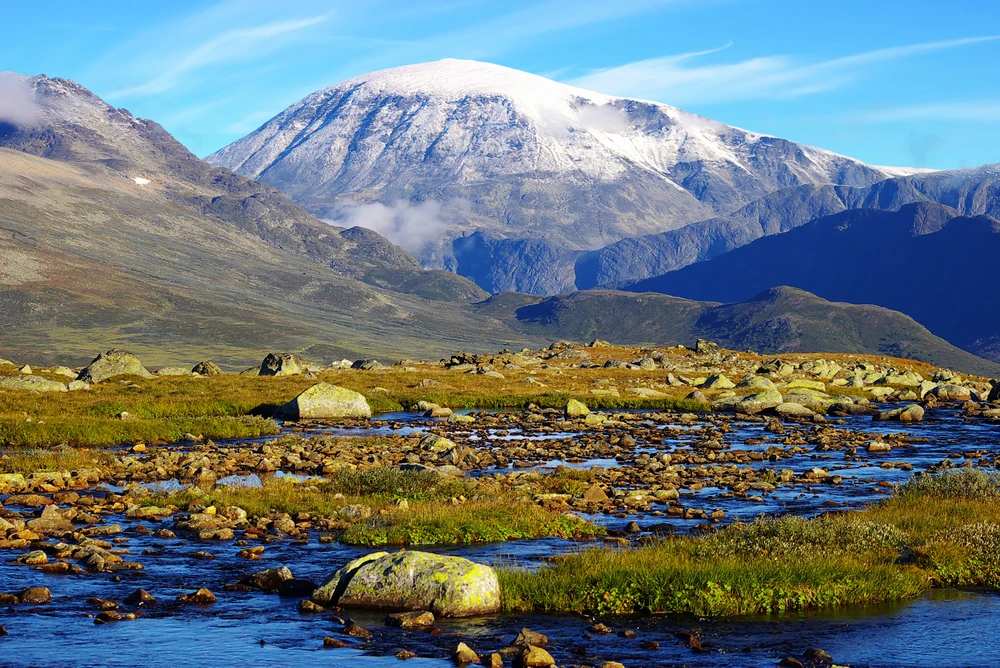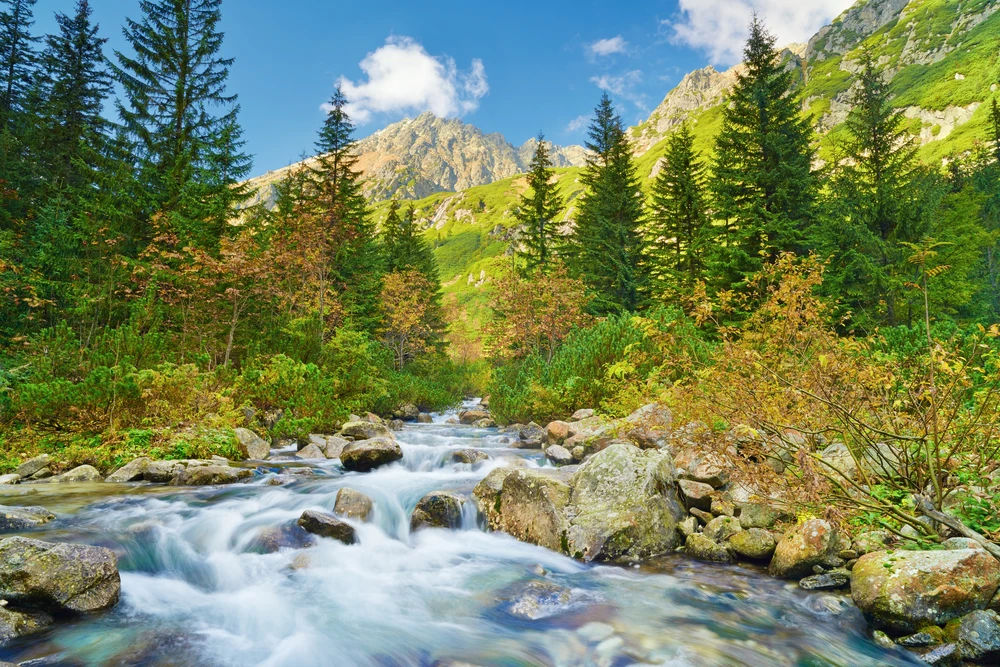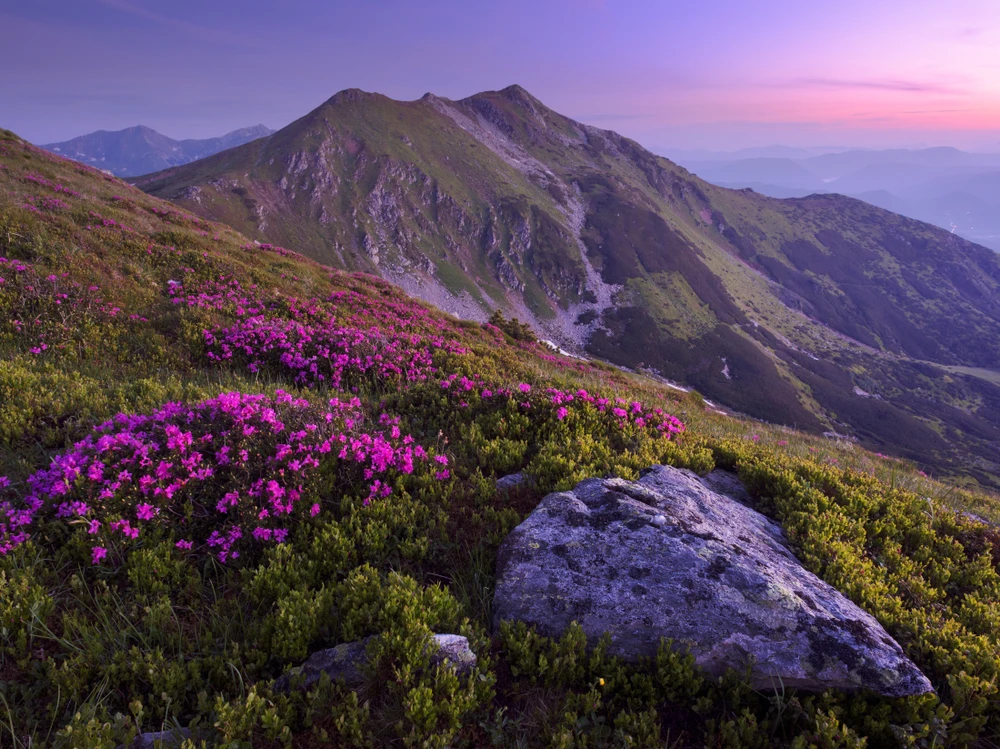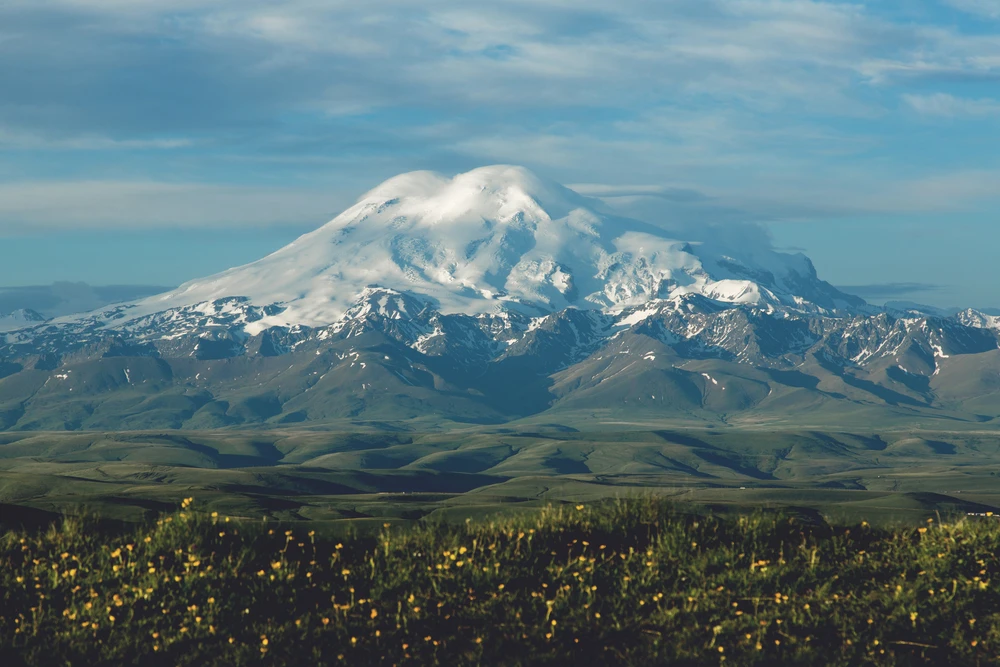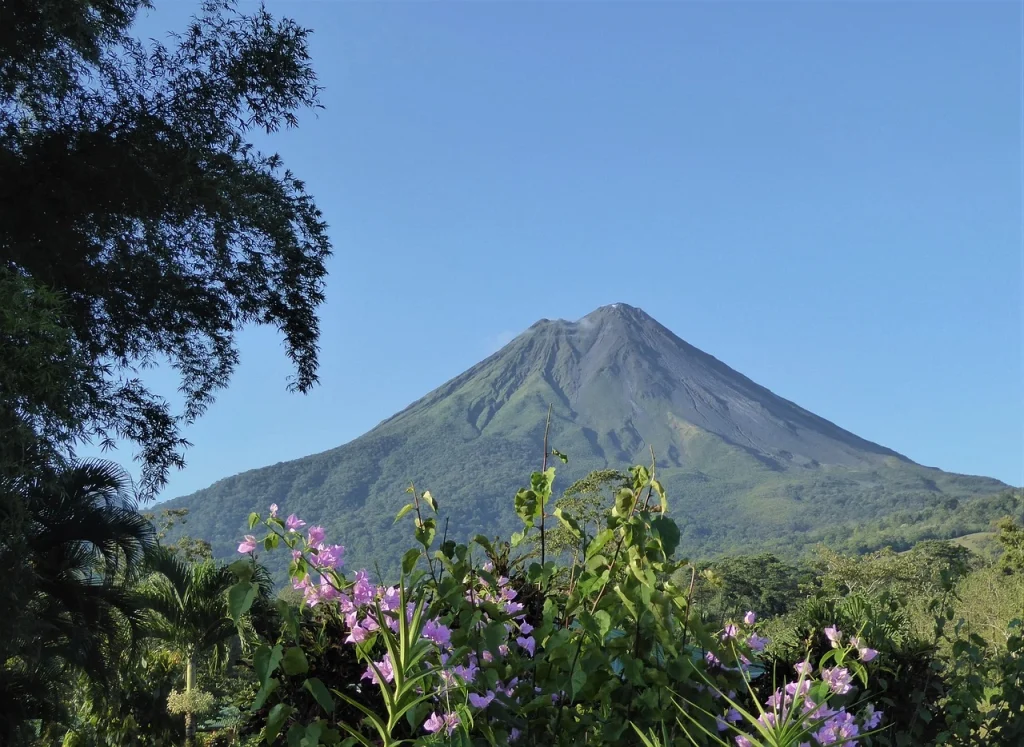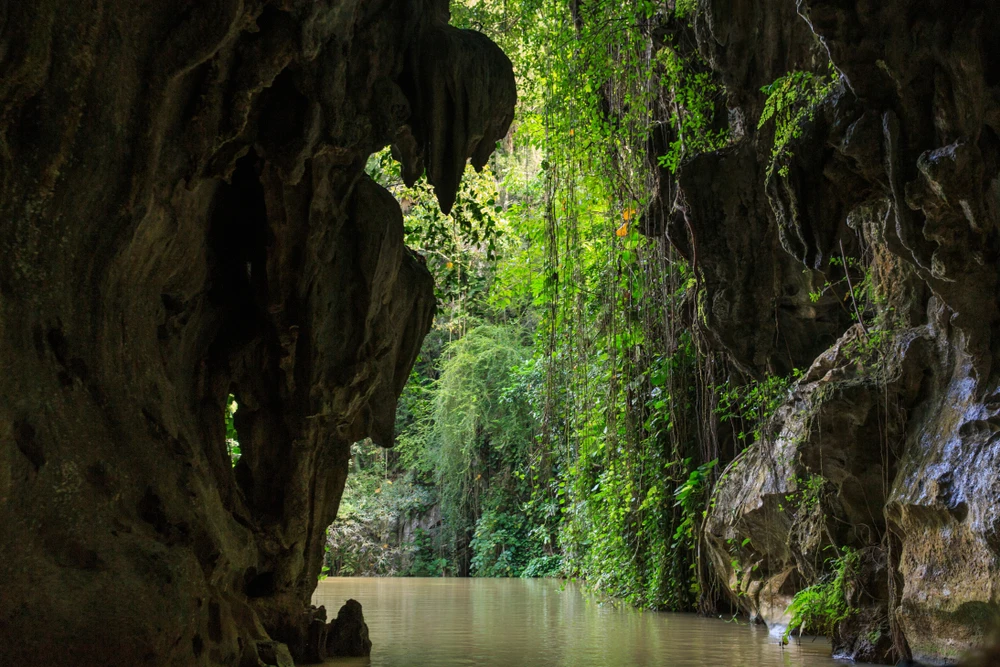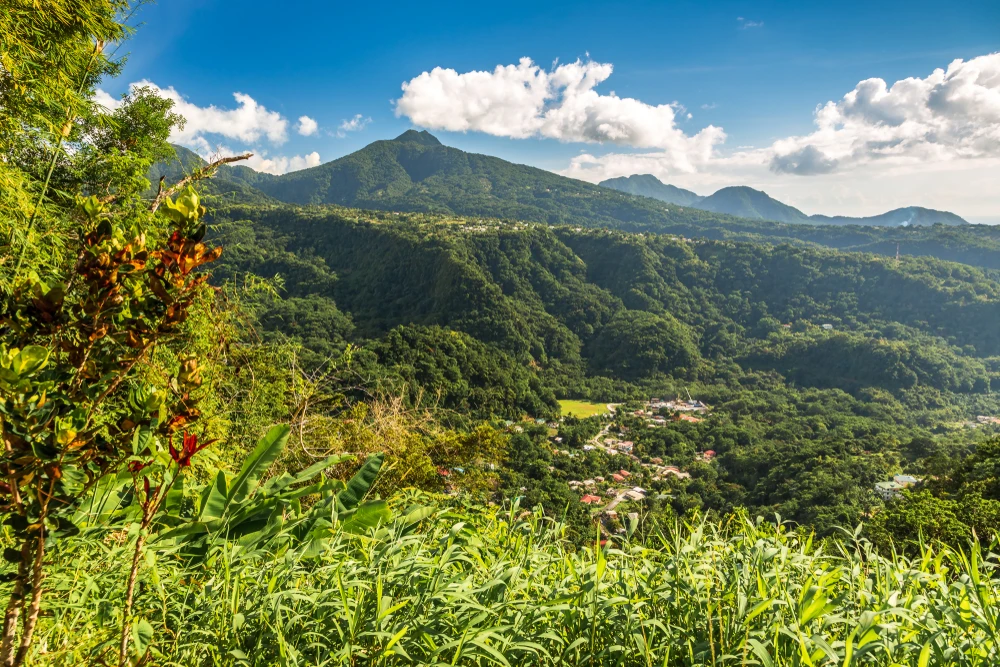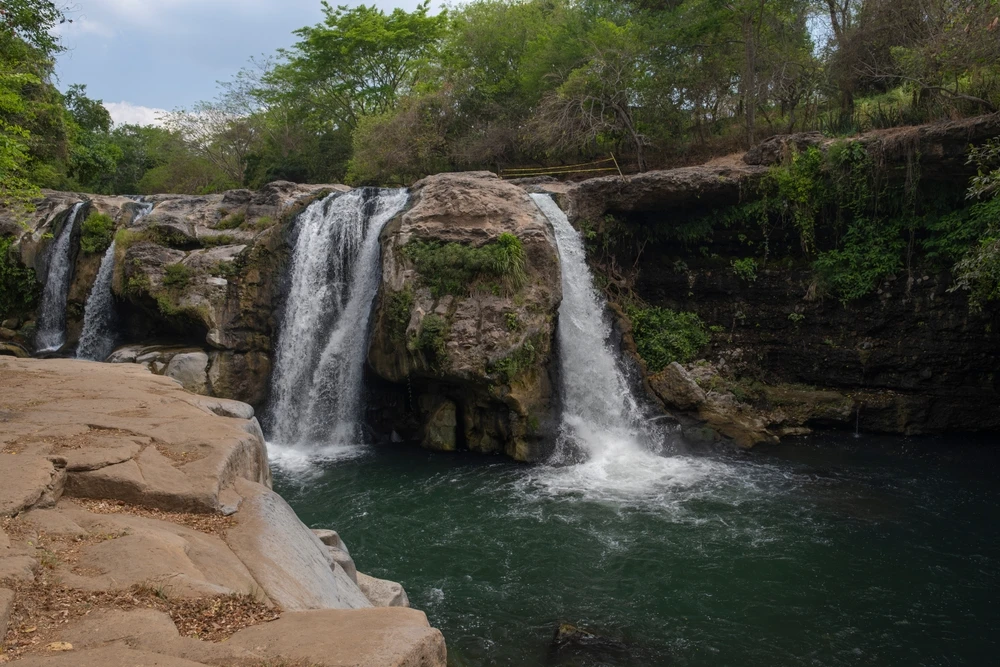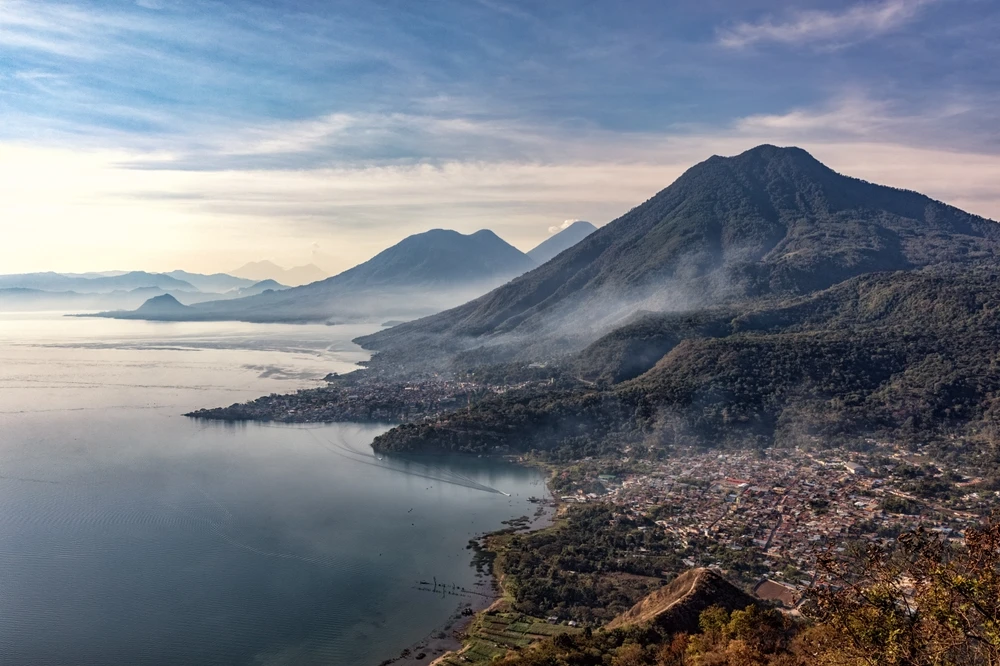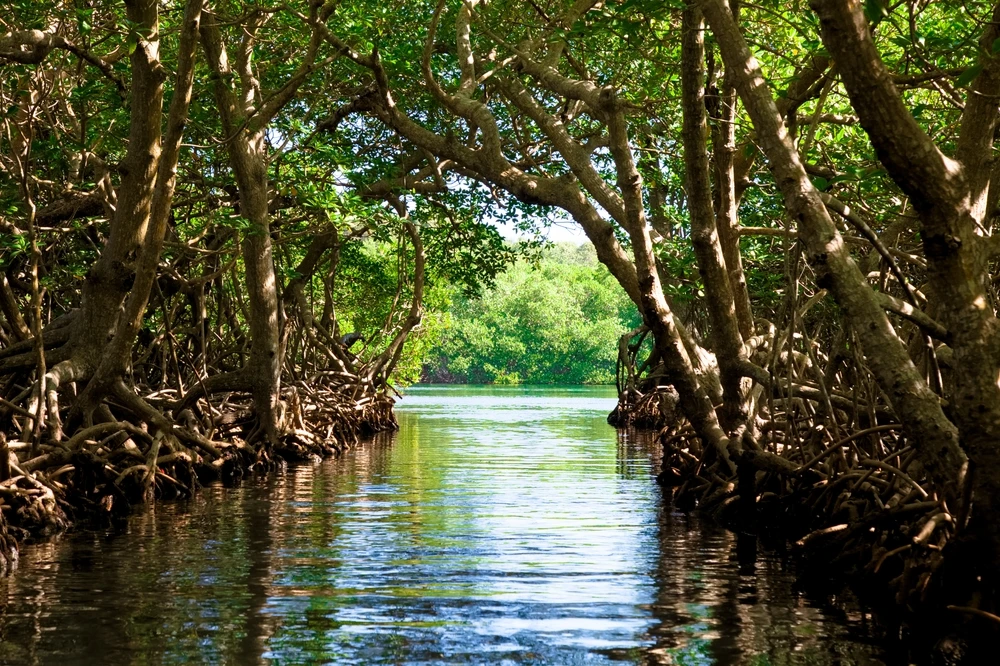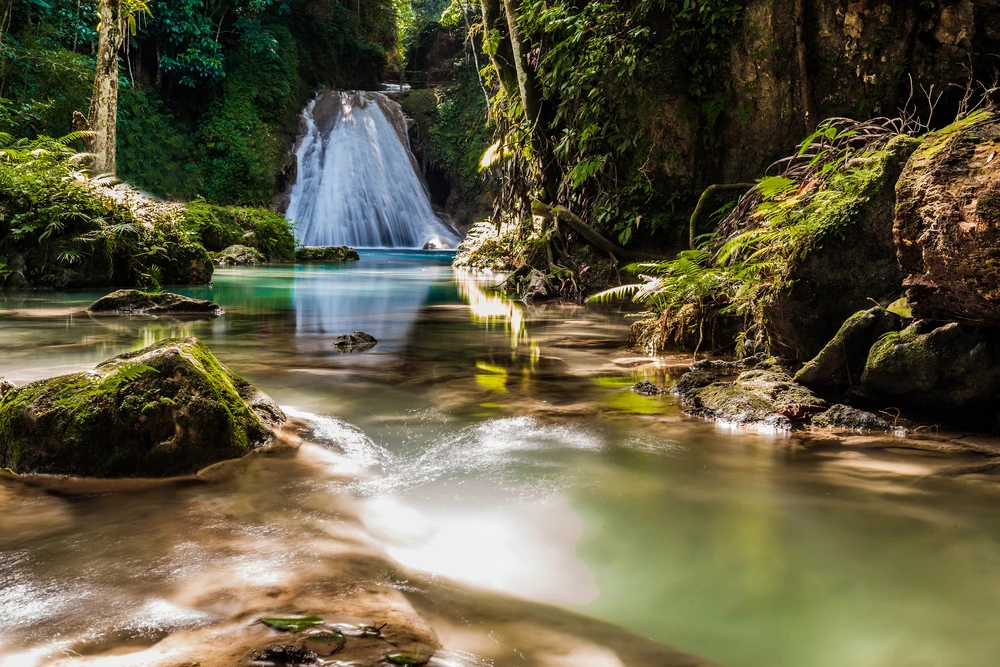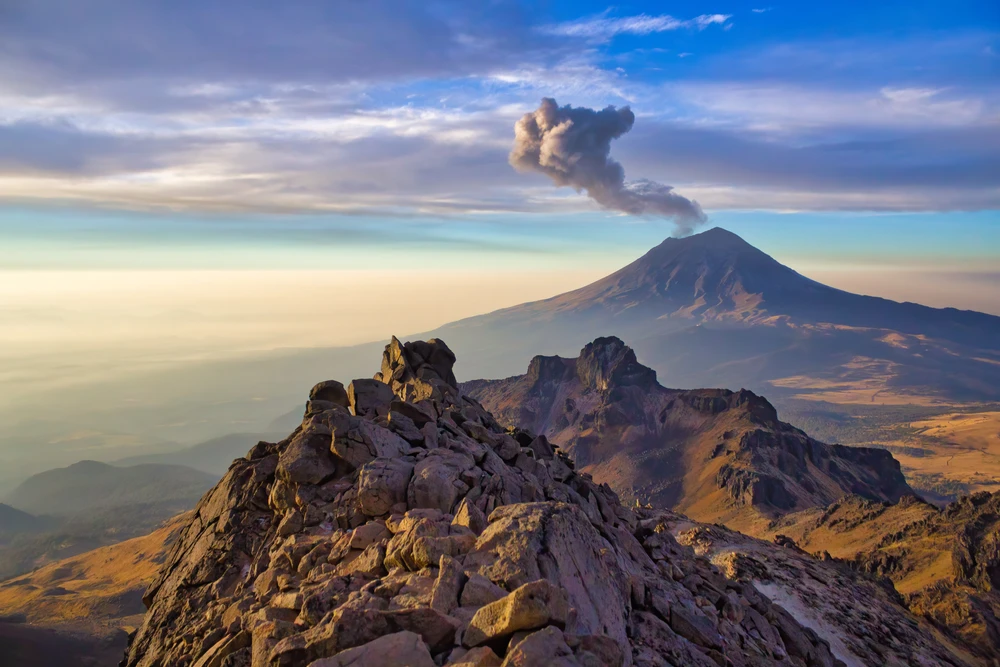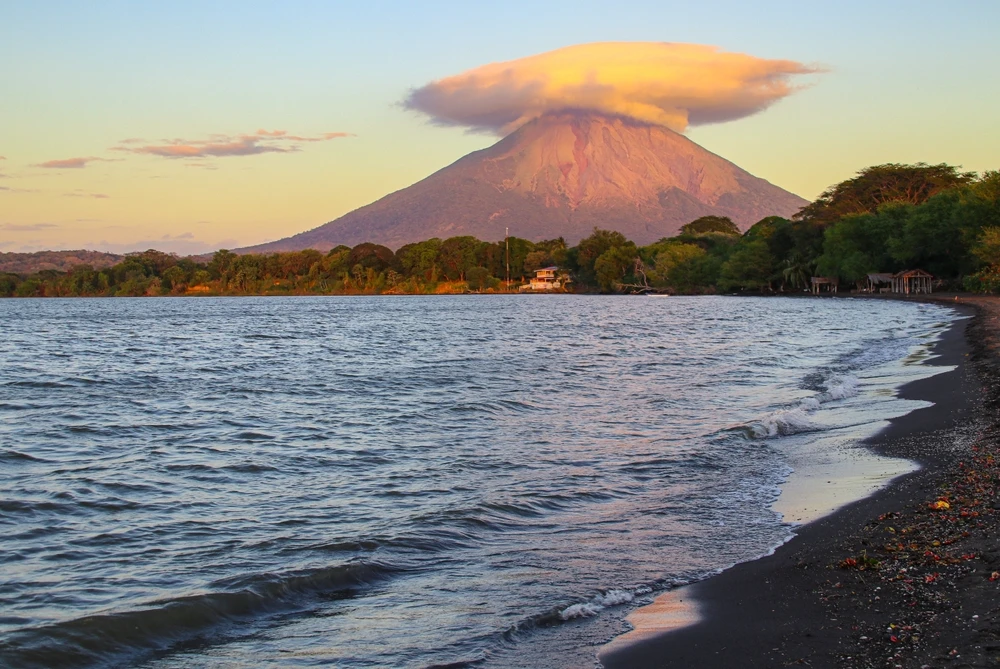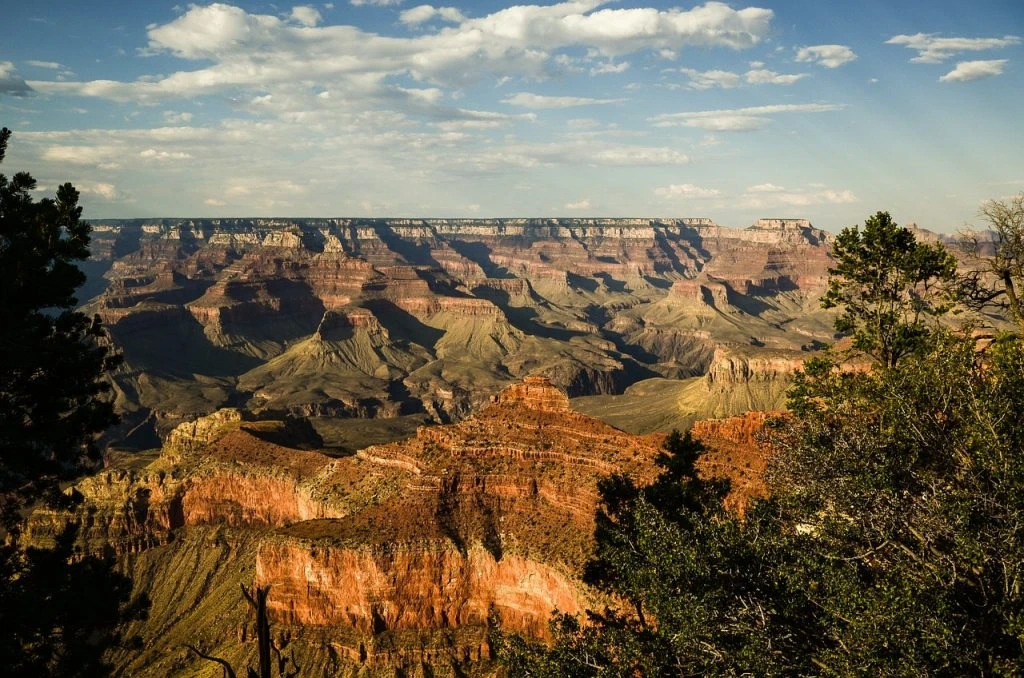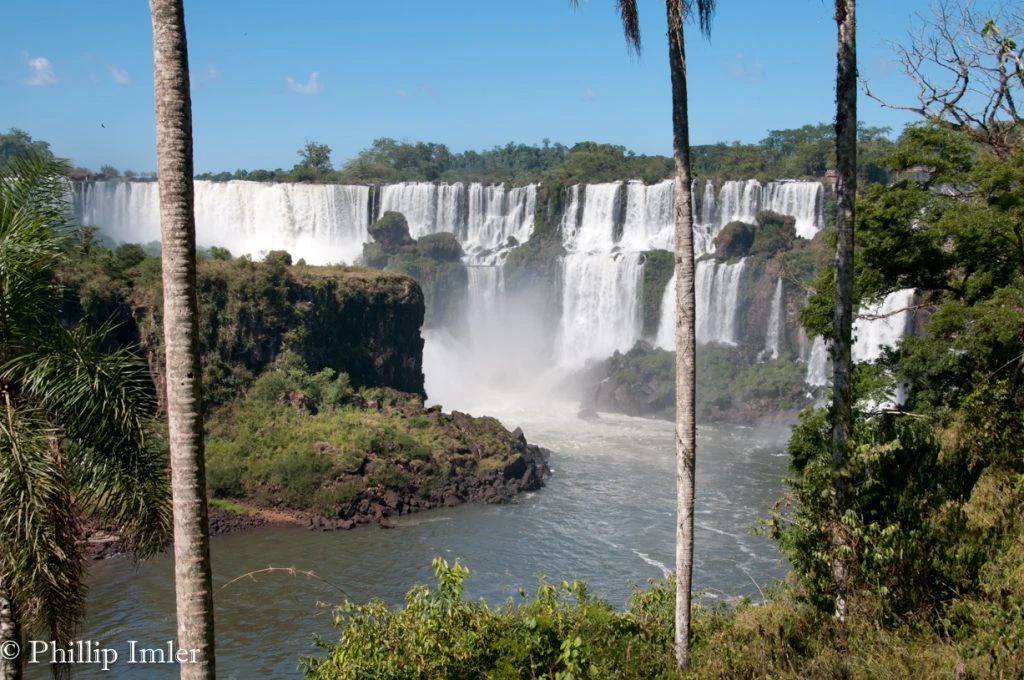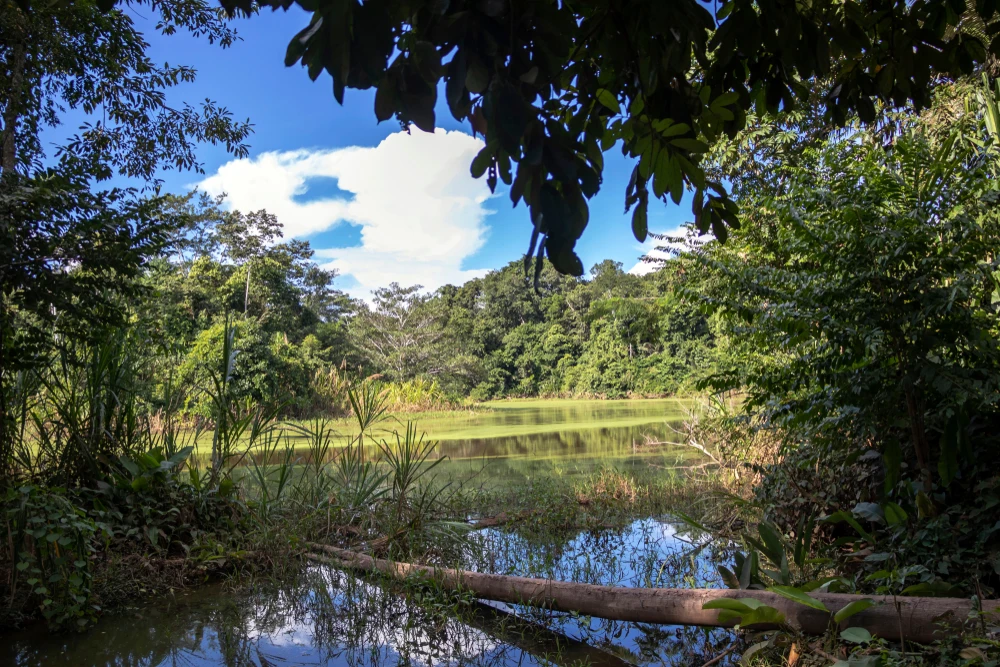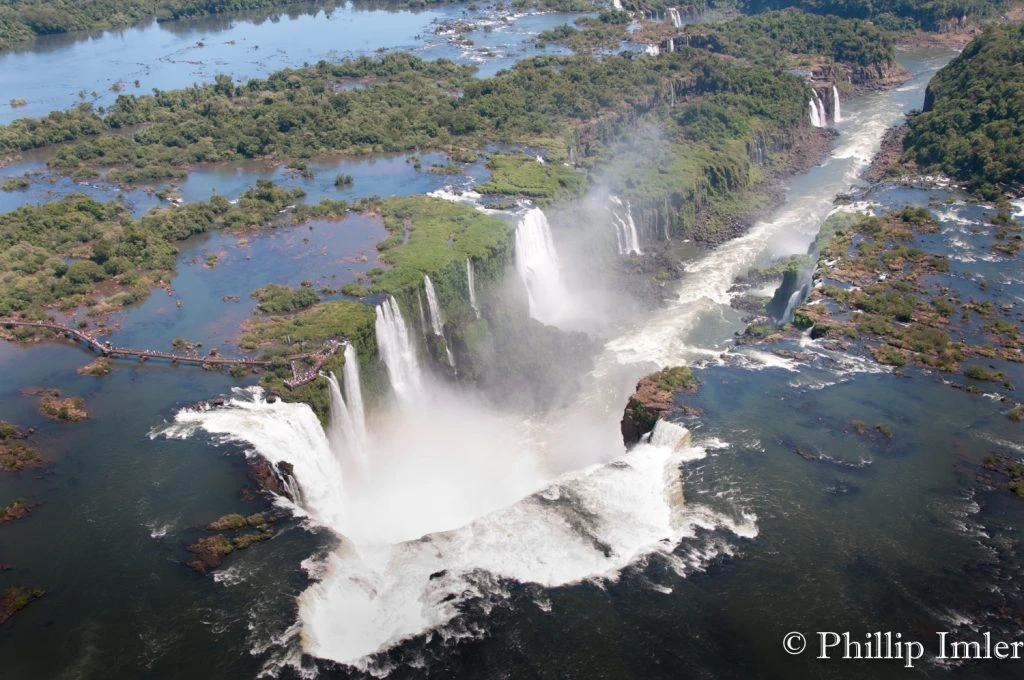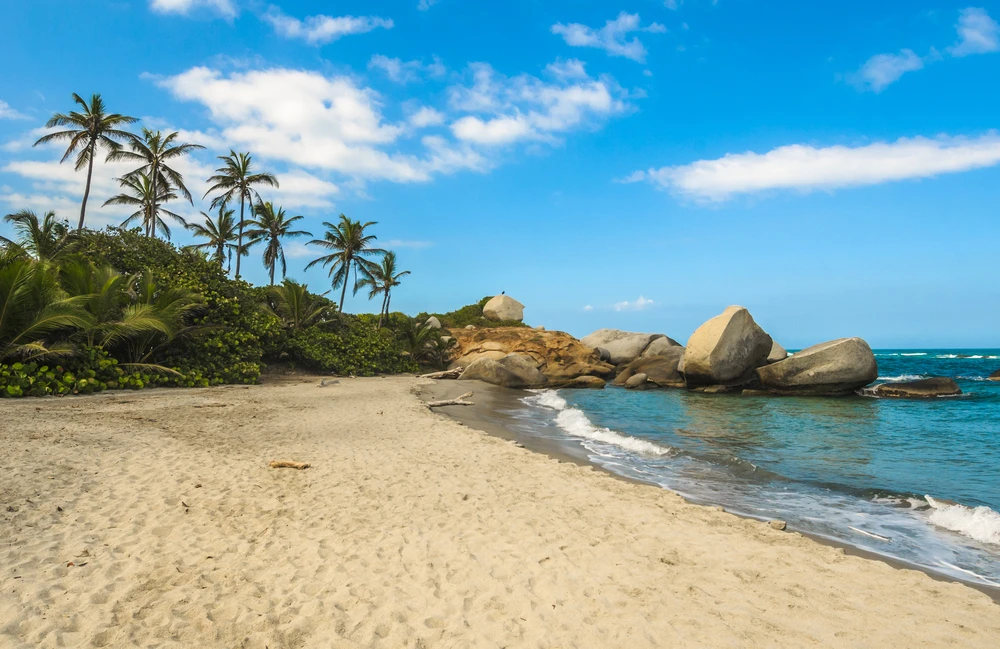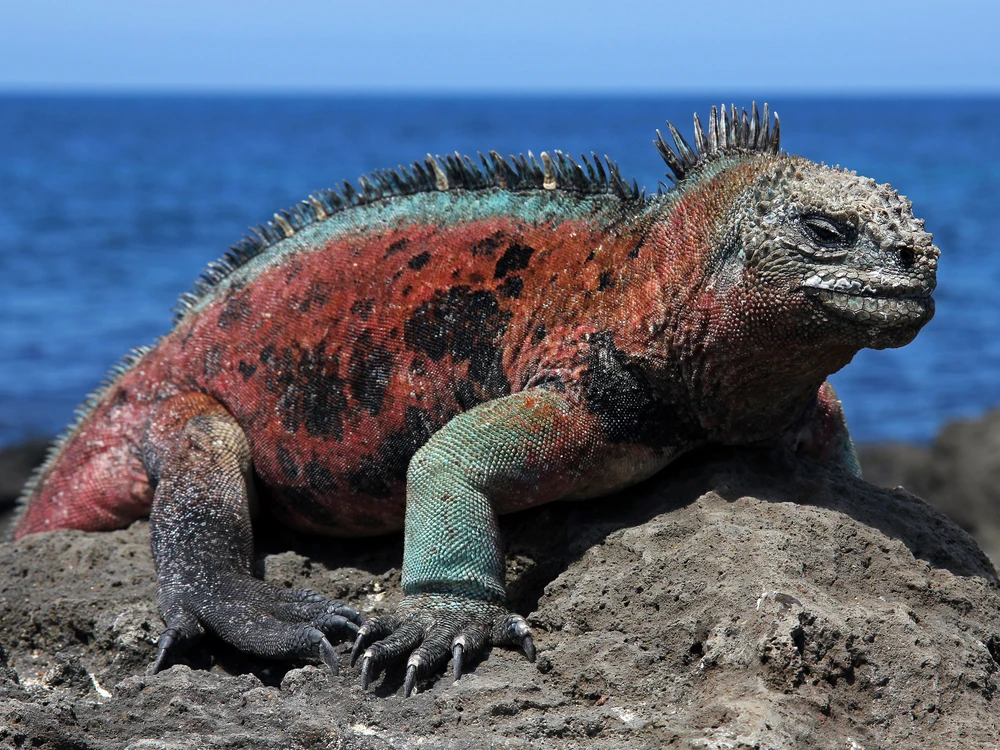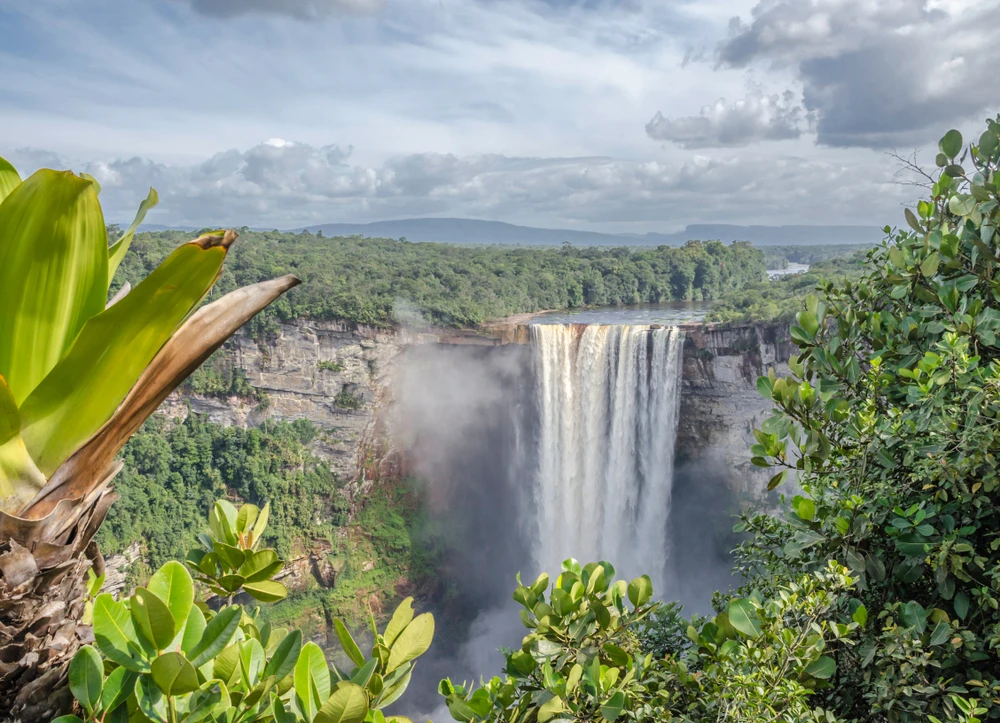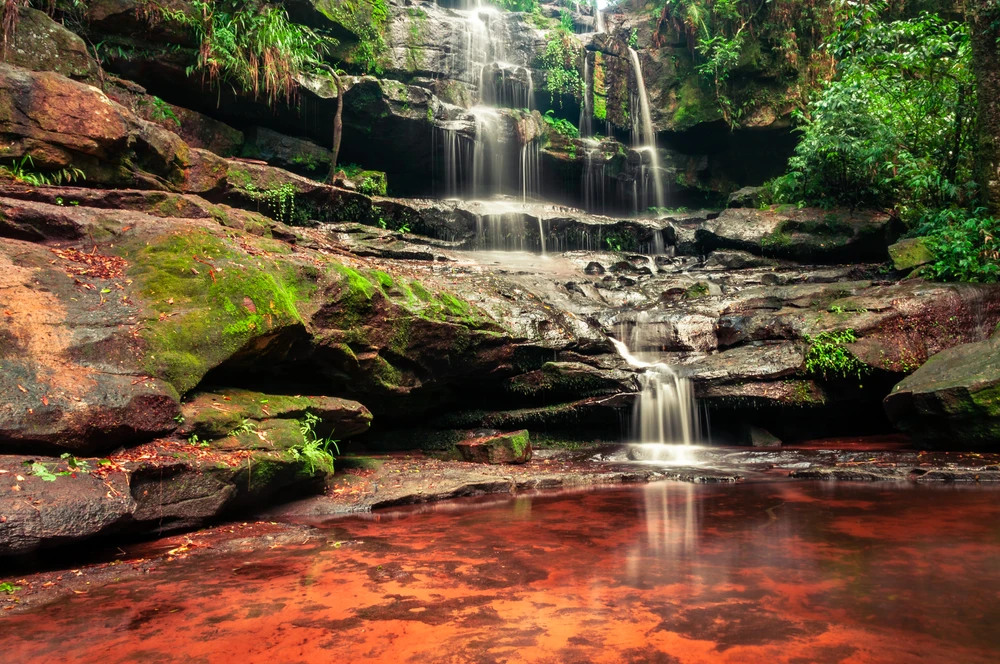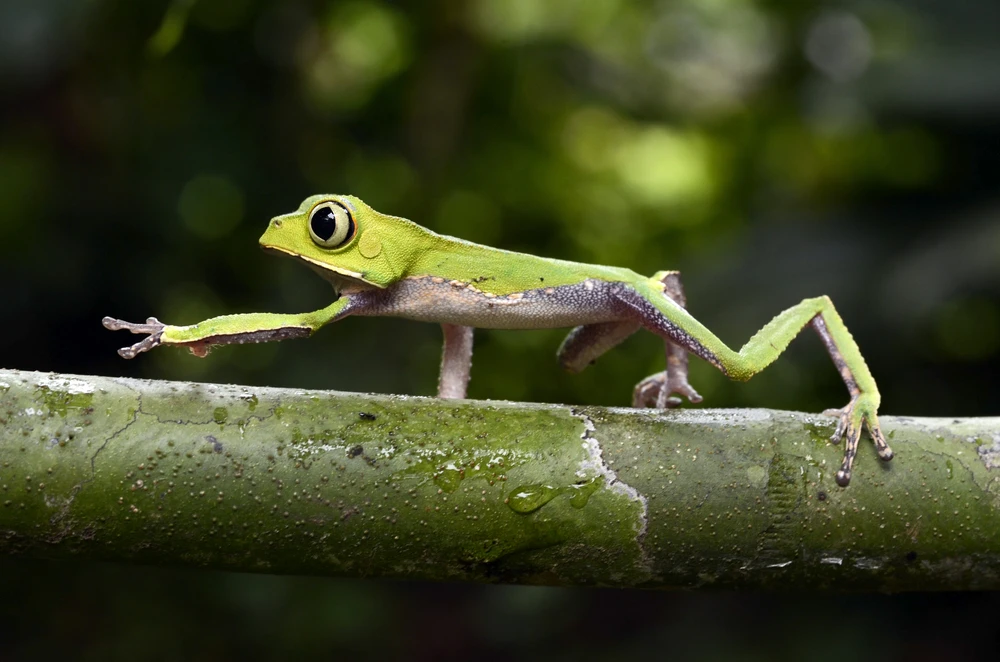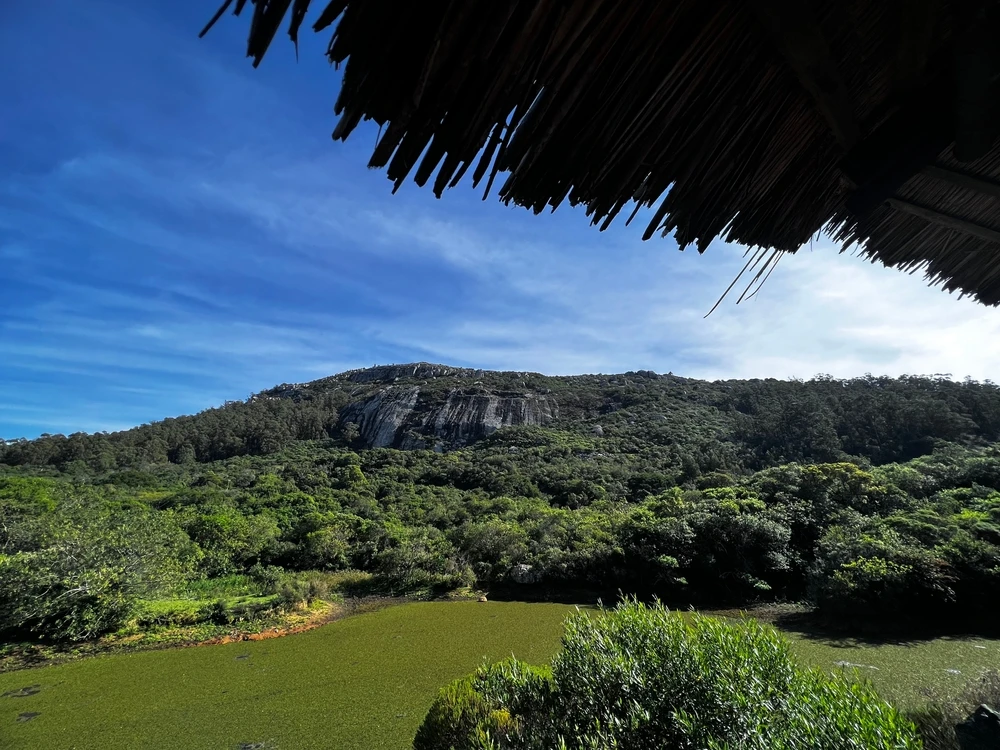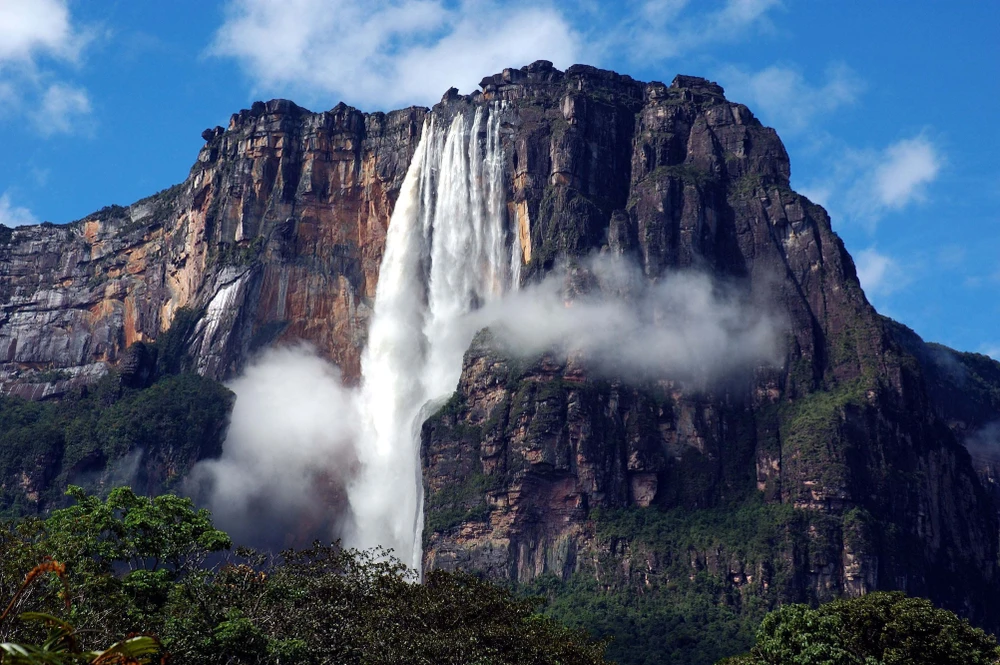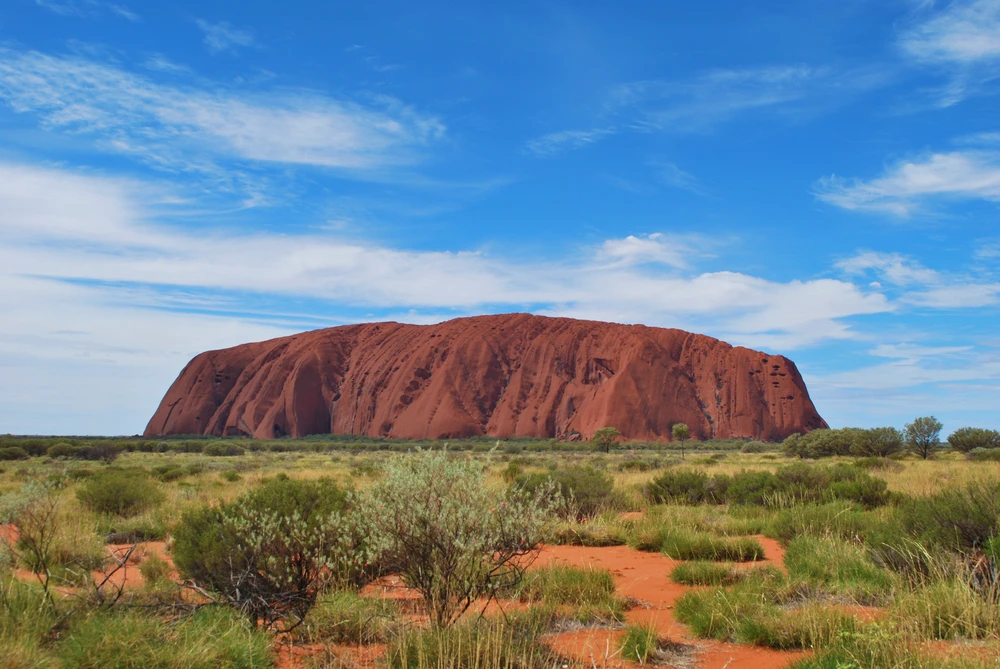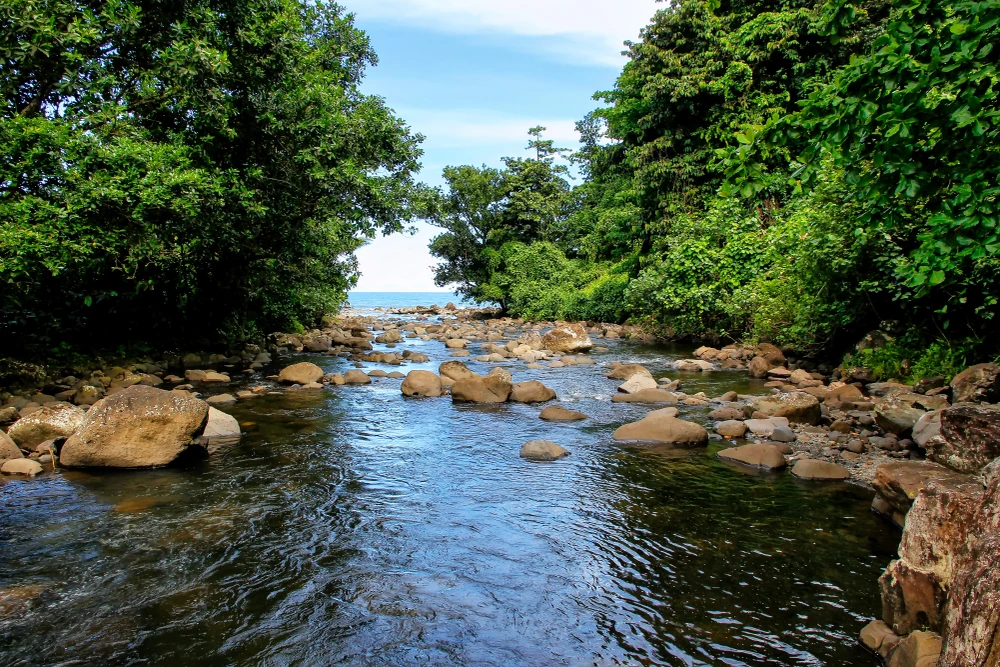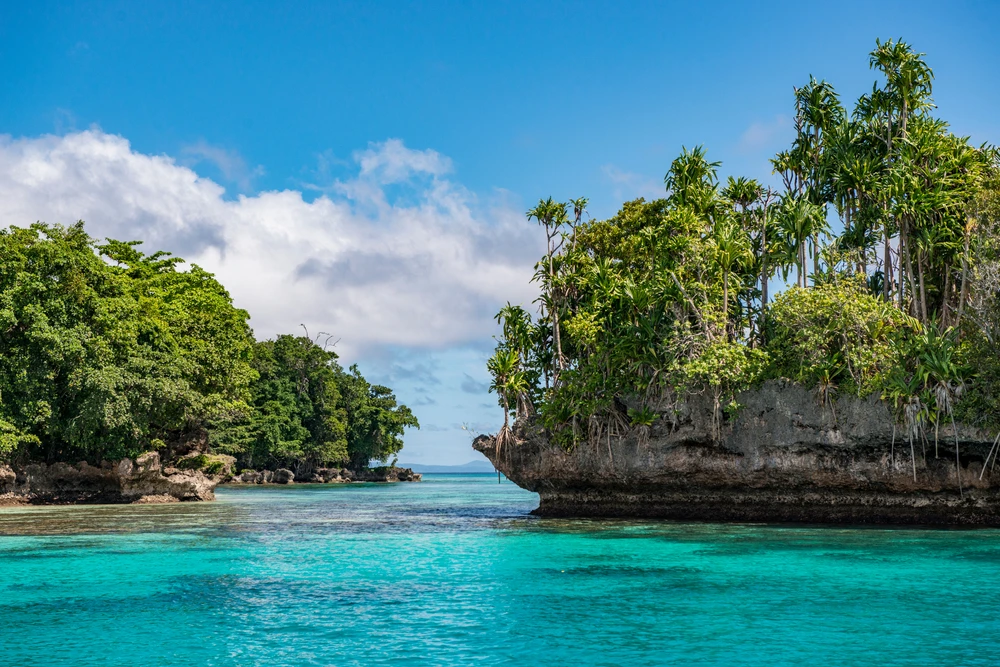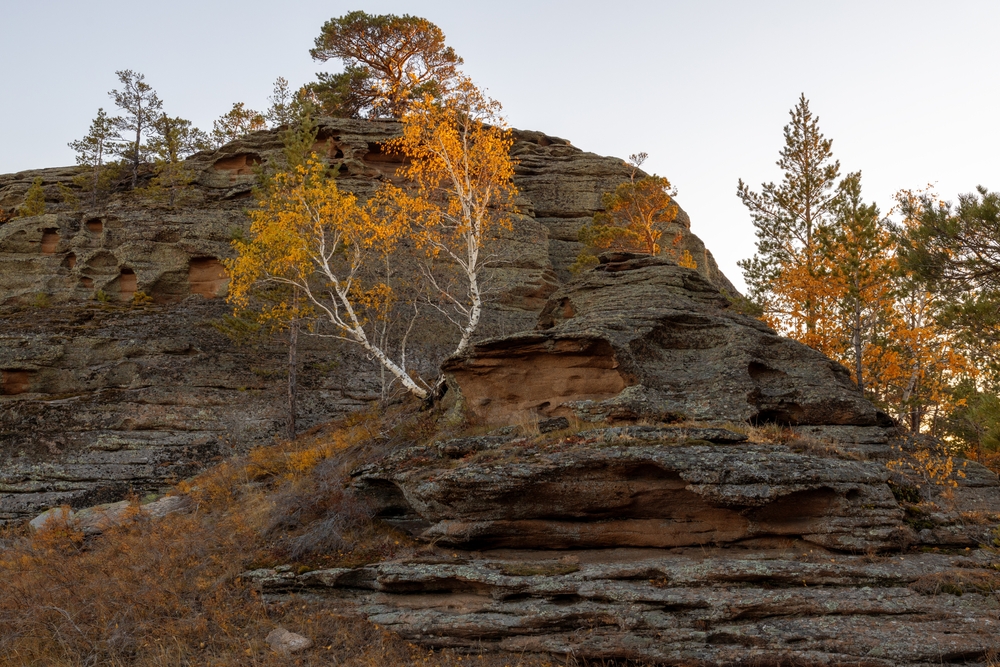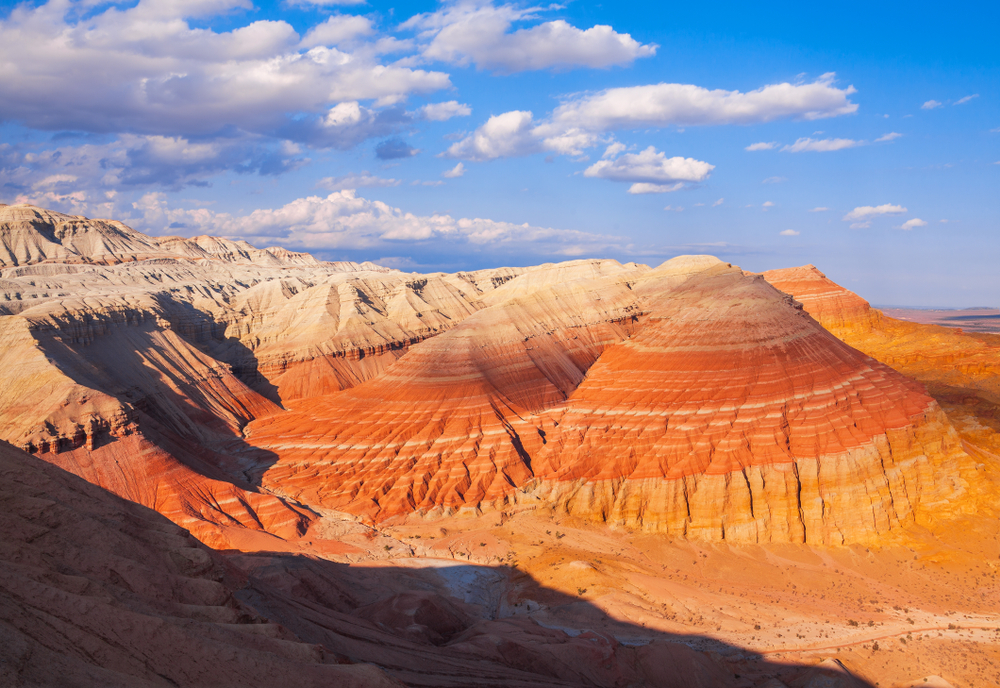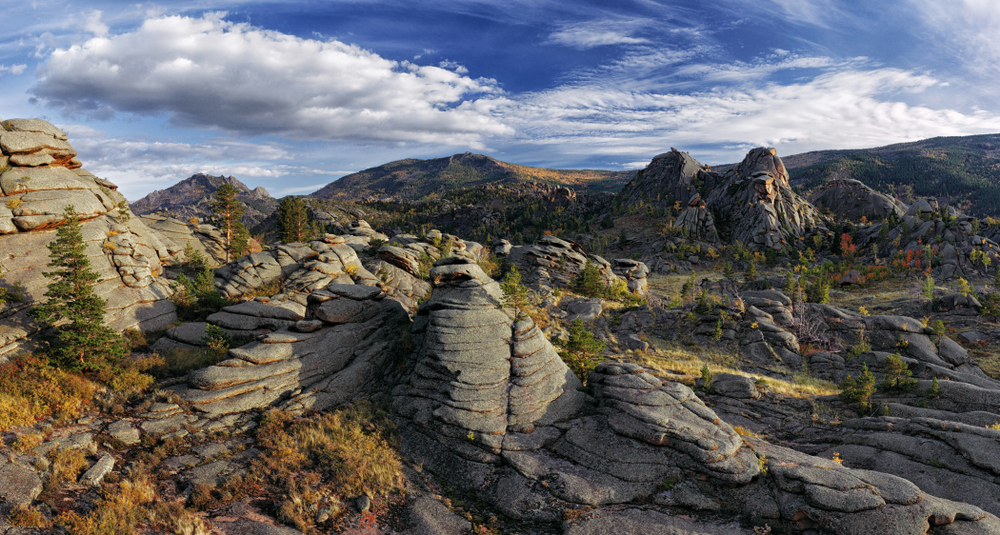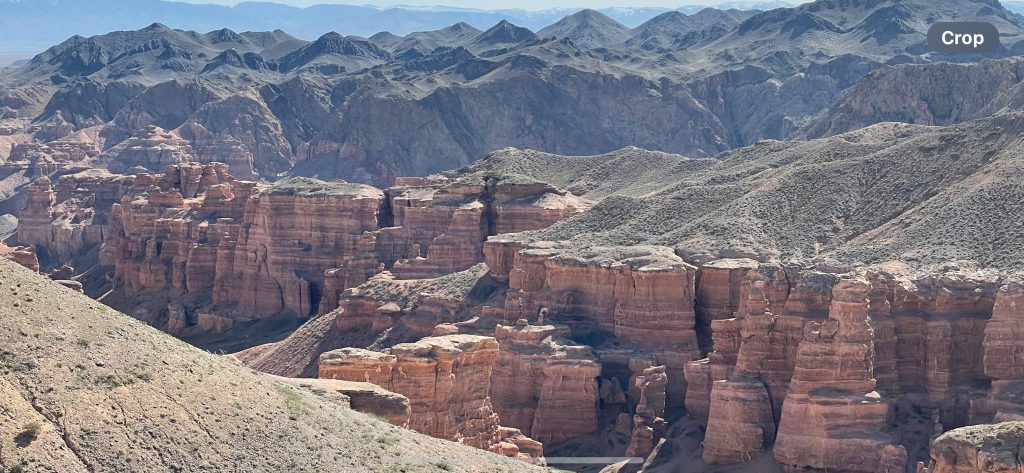Buiratau Overview
Buiratau National Park, known locally as Бурабай мемлекеттік ұлттық табиғи паркі (Burabai memlekettik ulttyq tabiği parki), is situated in central Kazakhstan. Spanning approximately 463 square miles (1,200 square kilometers), the park is a remarkable sanctuary for diverse ecosystems and breathtaking landscapes. Located in the Karaganda Region, the park represents a transitional area between the expansive Kazakh steppes and forested hills, creating a unique mosaic of natural beauty.
The park’s terrain is an intricate combination of undulating steppe plains, hilly woodlands, and rocky outcrops. It is marked by picturesque ridges and striking granite formations, which are remnants of ancient mountain ranges. Lush forests of birch, pine, and aspen dominate the higher elevations, while open meadows and grasslands extend across the lower areas. These varied ecosystems support a range of vegetation, from steppe grasses to flowering plants that blanket the region in vibrant colors during the warmer months.
Buiratau National Park is a haven for wildlife enthusiasts. The park shelters numerous species of mammals, including the saiga antelope, roe deer, foxes, and badgers. Birdwatchers will find the area especially rewarding, with opportunities to spot golden eagles, steppe eagles, and black storks among other avian species. The park is also home to a rich variety of insects and smaller fauna, essential to the health of its ecosystems.
Visitors to the park can engage in various activities that allow them to experience its natural beauty. Hiking and trekking trails weave through forests and up rugged hills, offering panoramic views of the surrounding landscapes. For those interested in cultural history, ancient petroglyphs and other archaeological sites are scattered throughout the area, providing glimpses into the region’s human past. Wintertime transforms the park into a snowy wonderland, inviting cross-country skiing and snowshoeing enthusiasts.
The park faces challenges in balancing conservation with human activity. Illegal hunting and the encroachment of agricultural practices have historically threatened its ecosystems. However, ongoing conservation initiatives, including habitat restoration and anti-poaching measures, aim to protect its biodiversity and natural integrity. Education and ecotourism programs also play an essential role in fostering sustainable interactions with the park.
Buiratau National Park stands as a testament to Kazakhstan’s dedication to preserving its natural heritage. Its diverse landscapes, abundant wildlife, and cultural treasures make it a compelling destination for nature lovers and adventurers alike. Whether exploring its serene woodlands or marveling at its dramatic rock formations, visitors to Buiratau are sure to leave with a deeper appreciation of the natural world.

